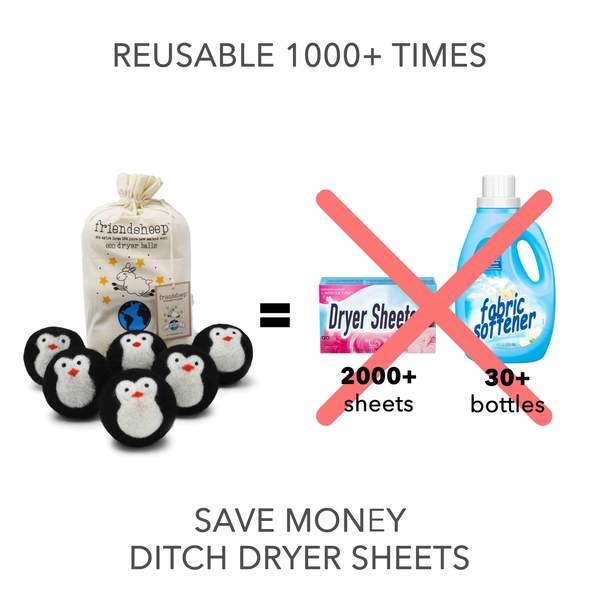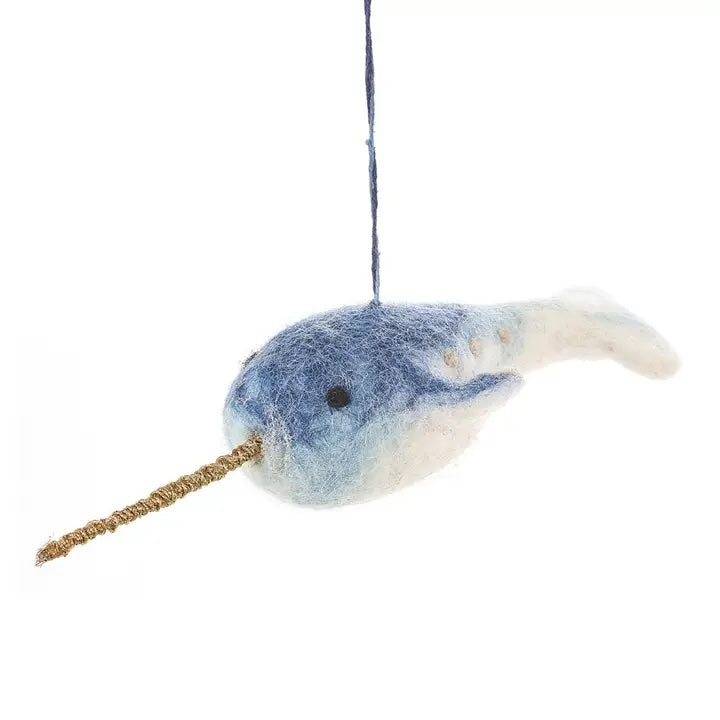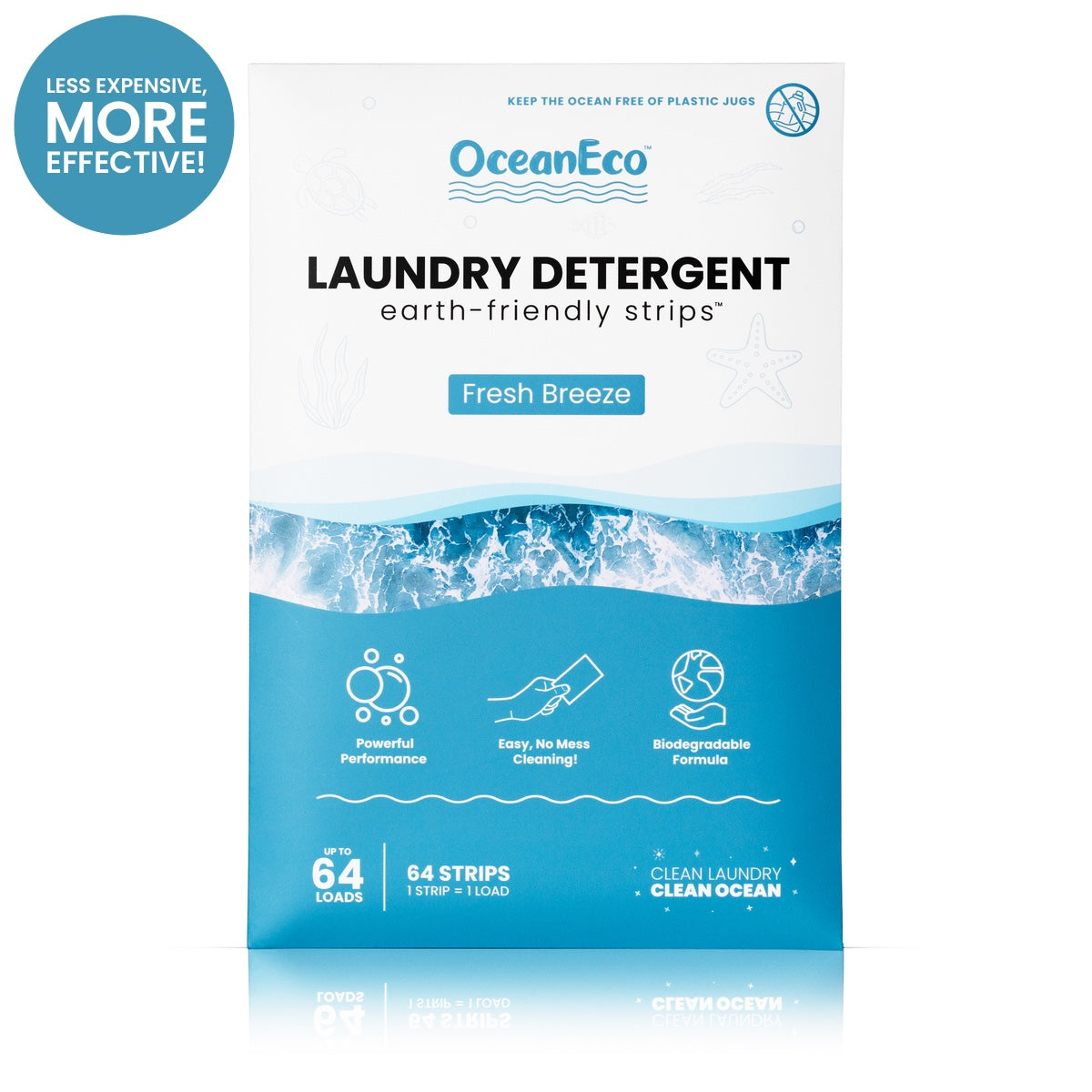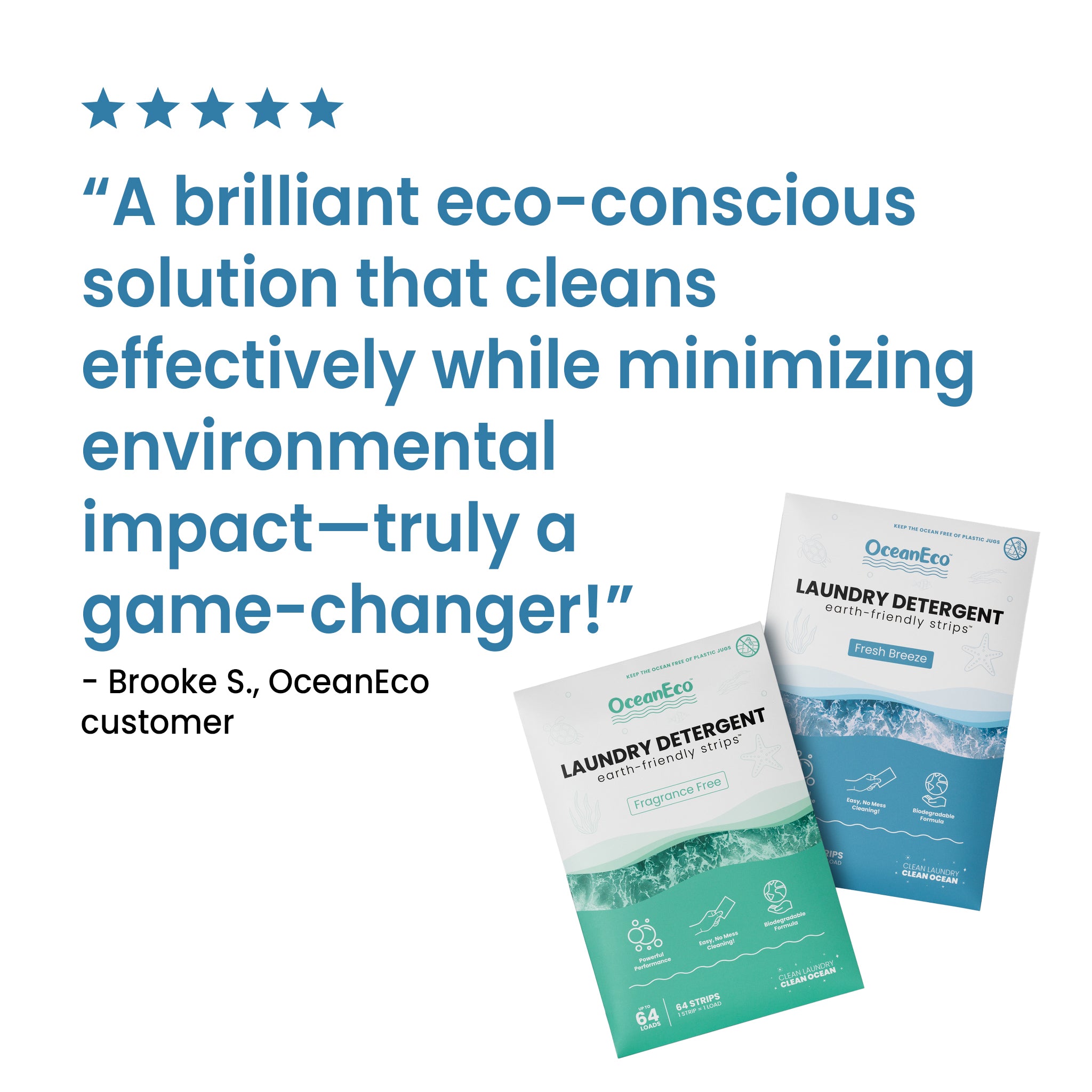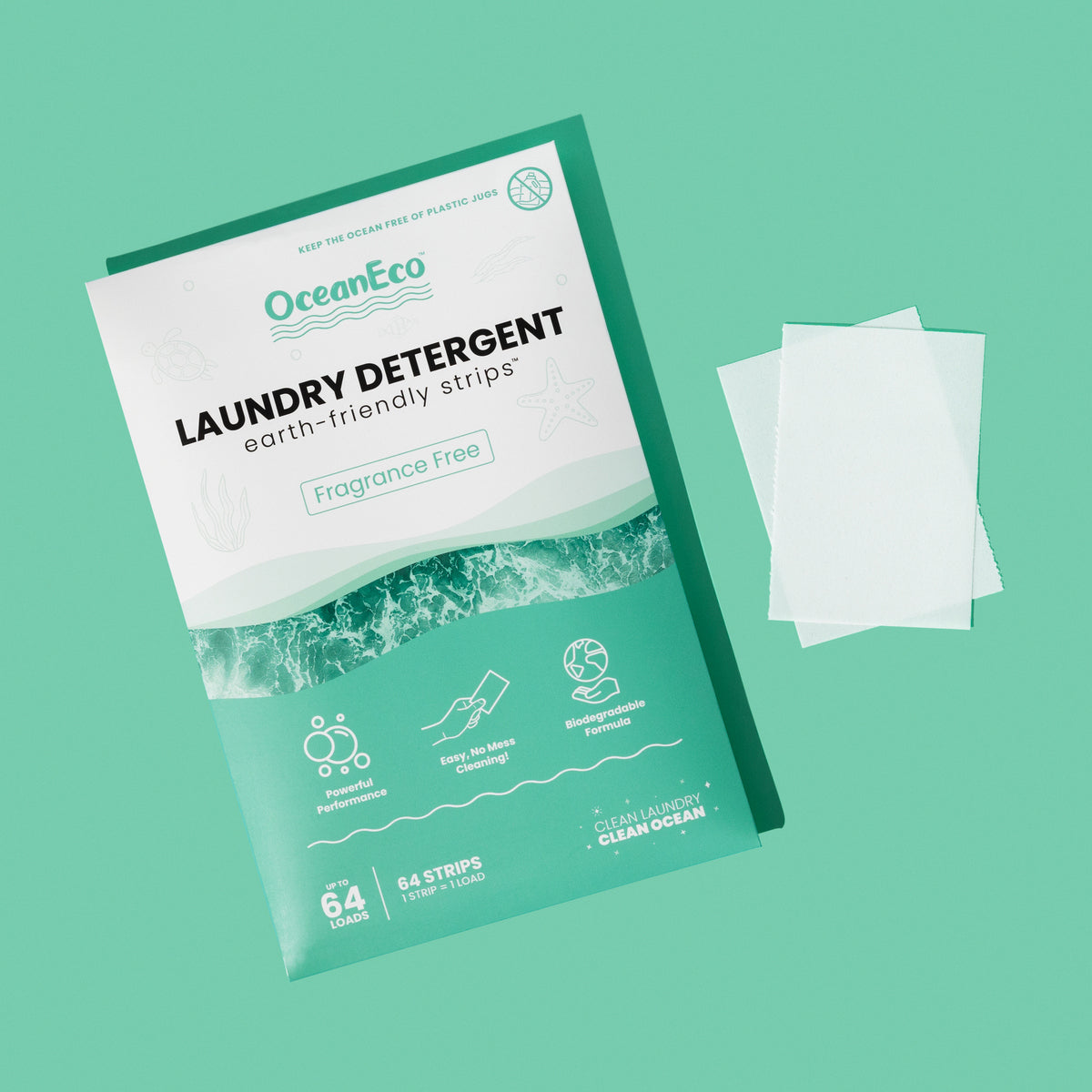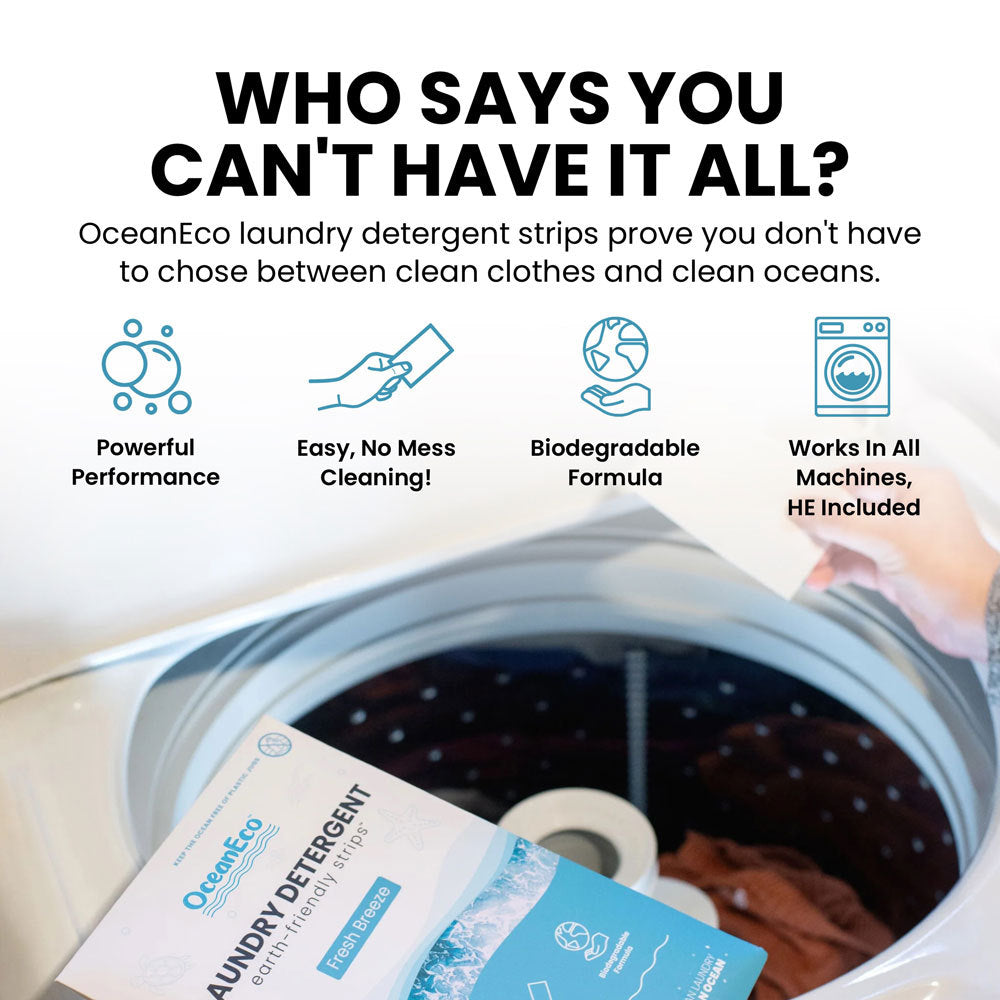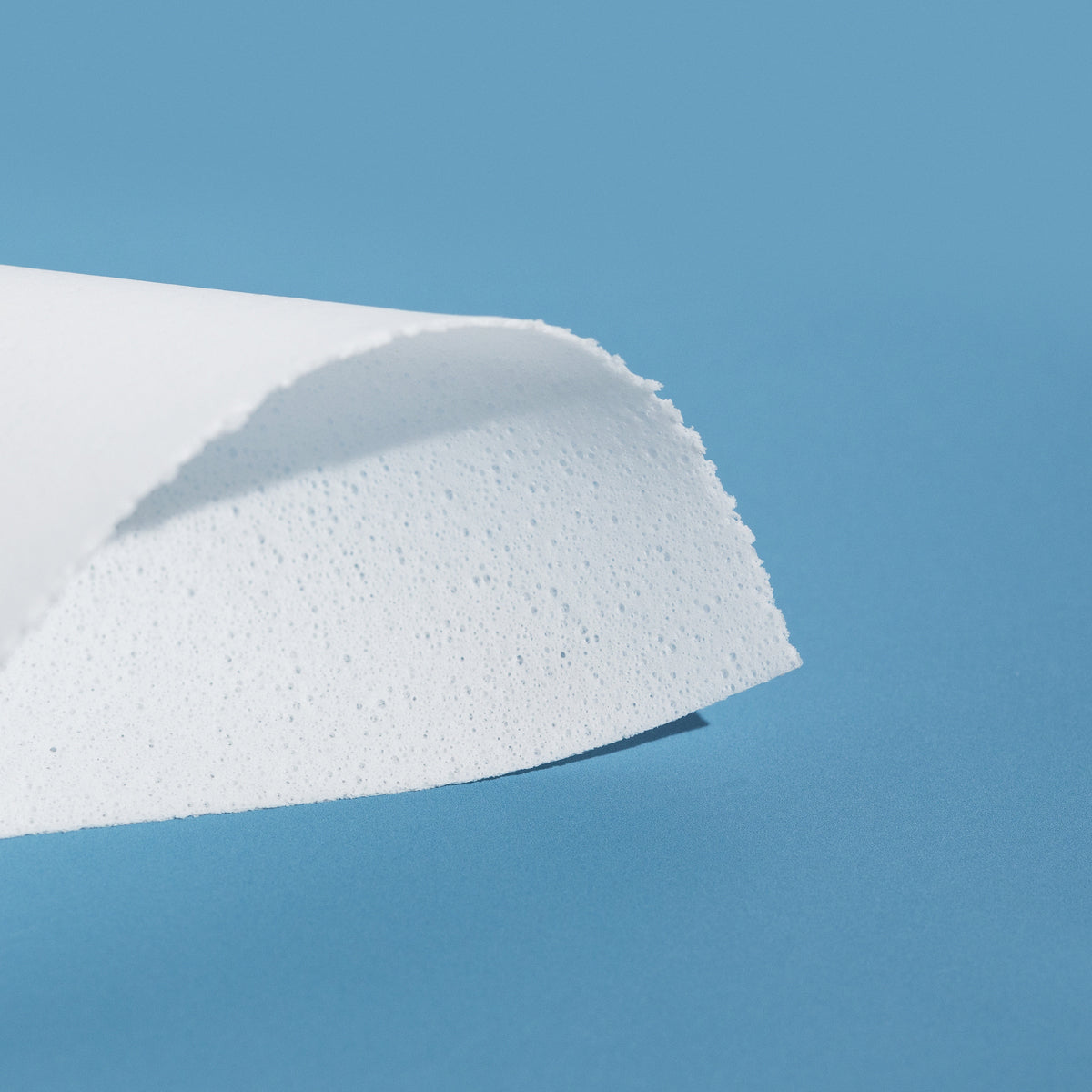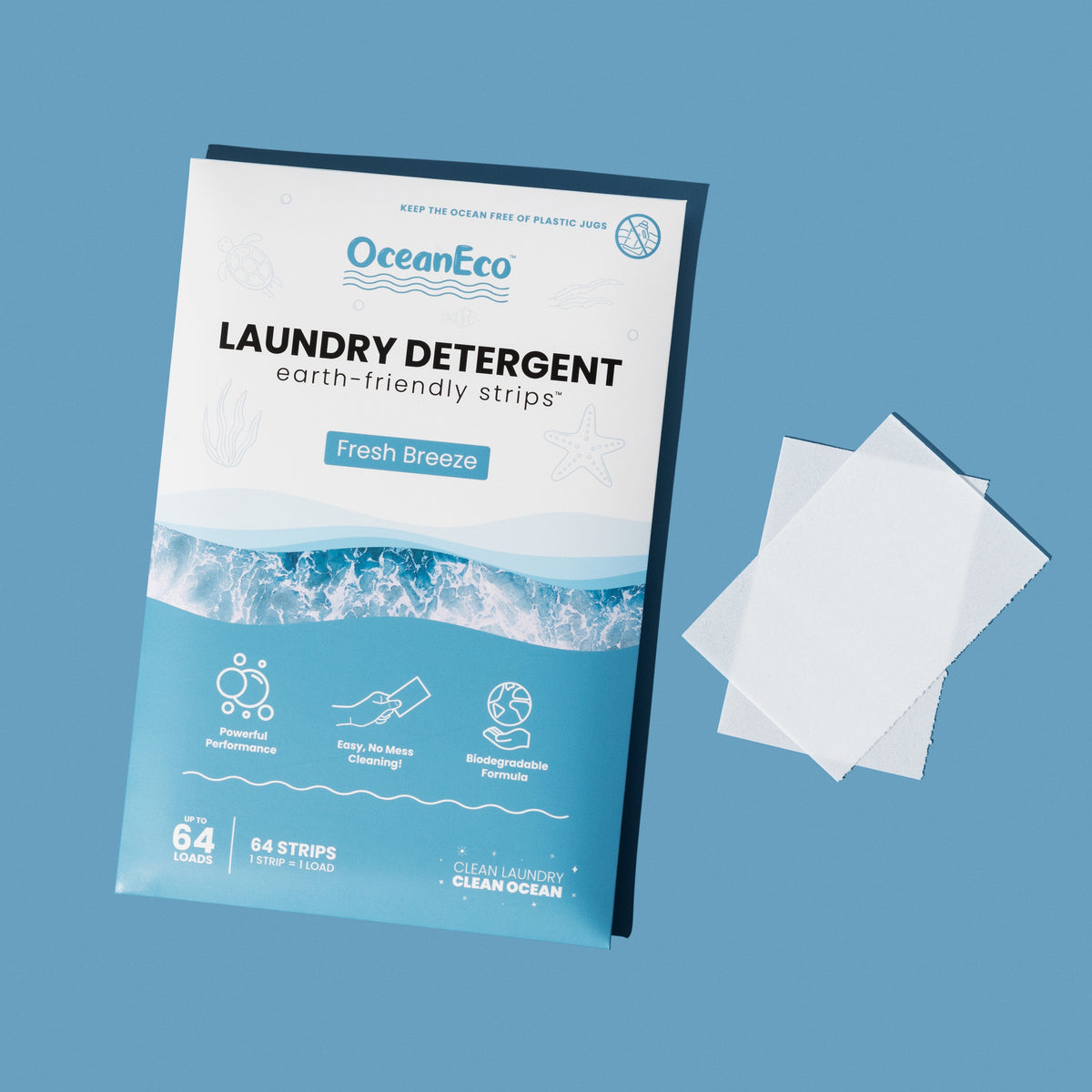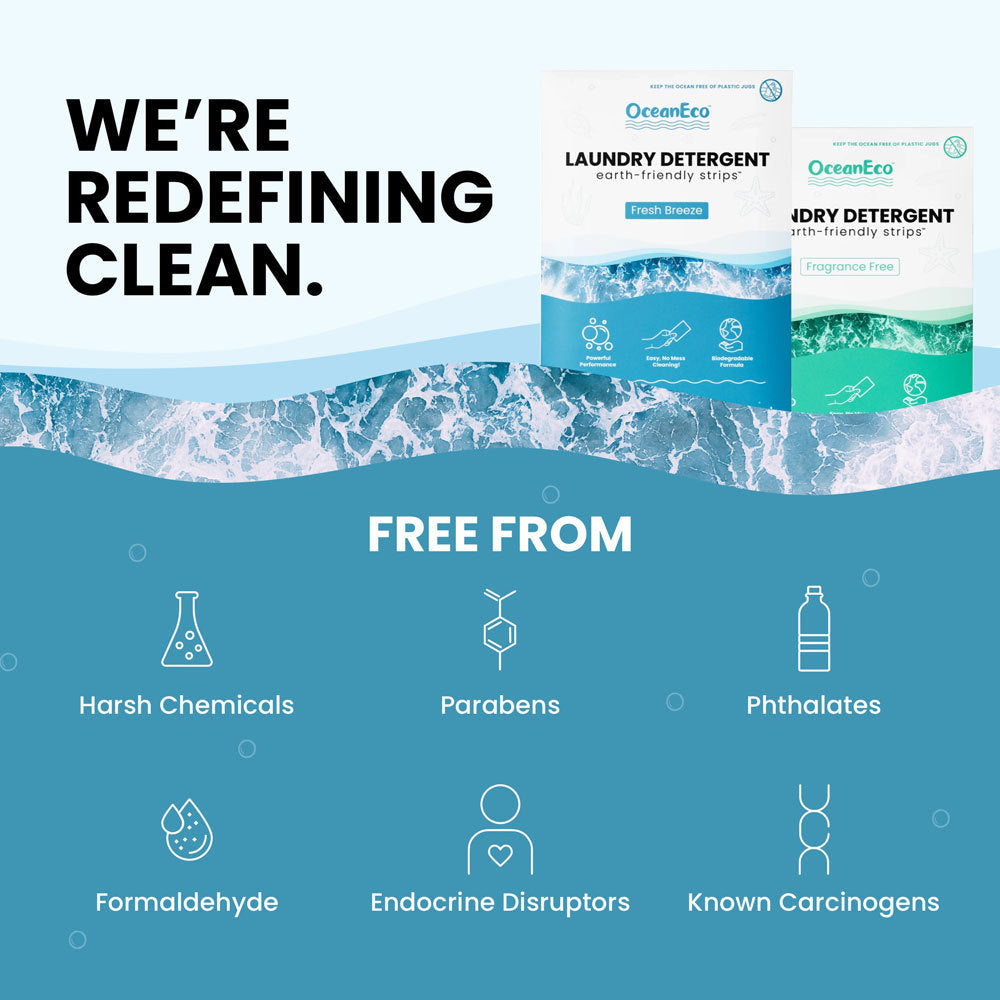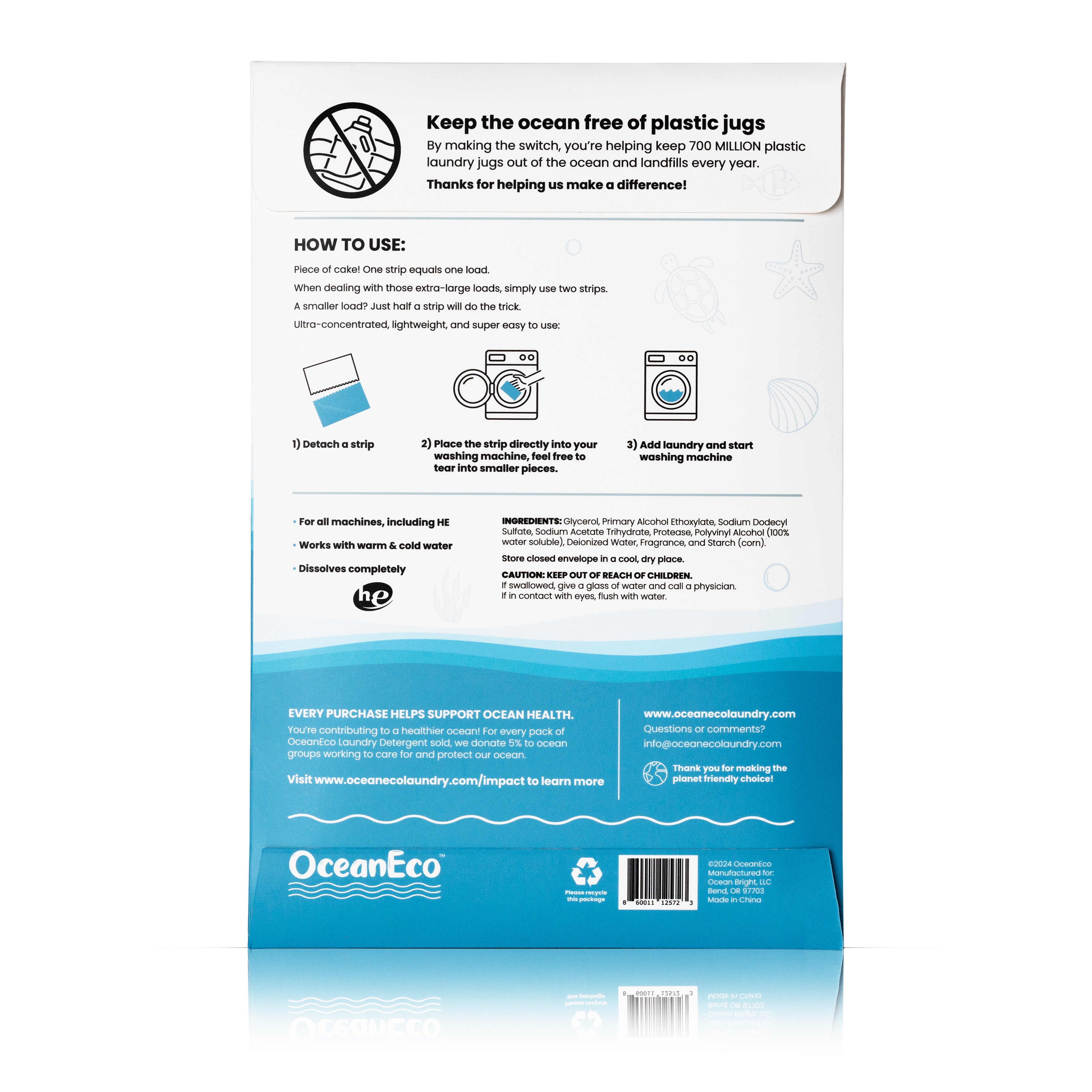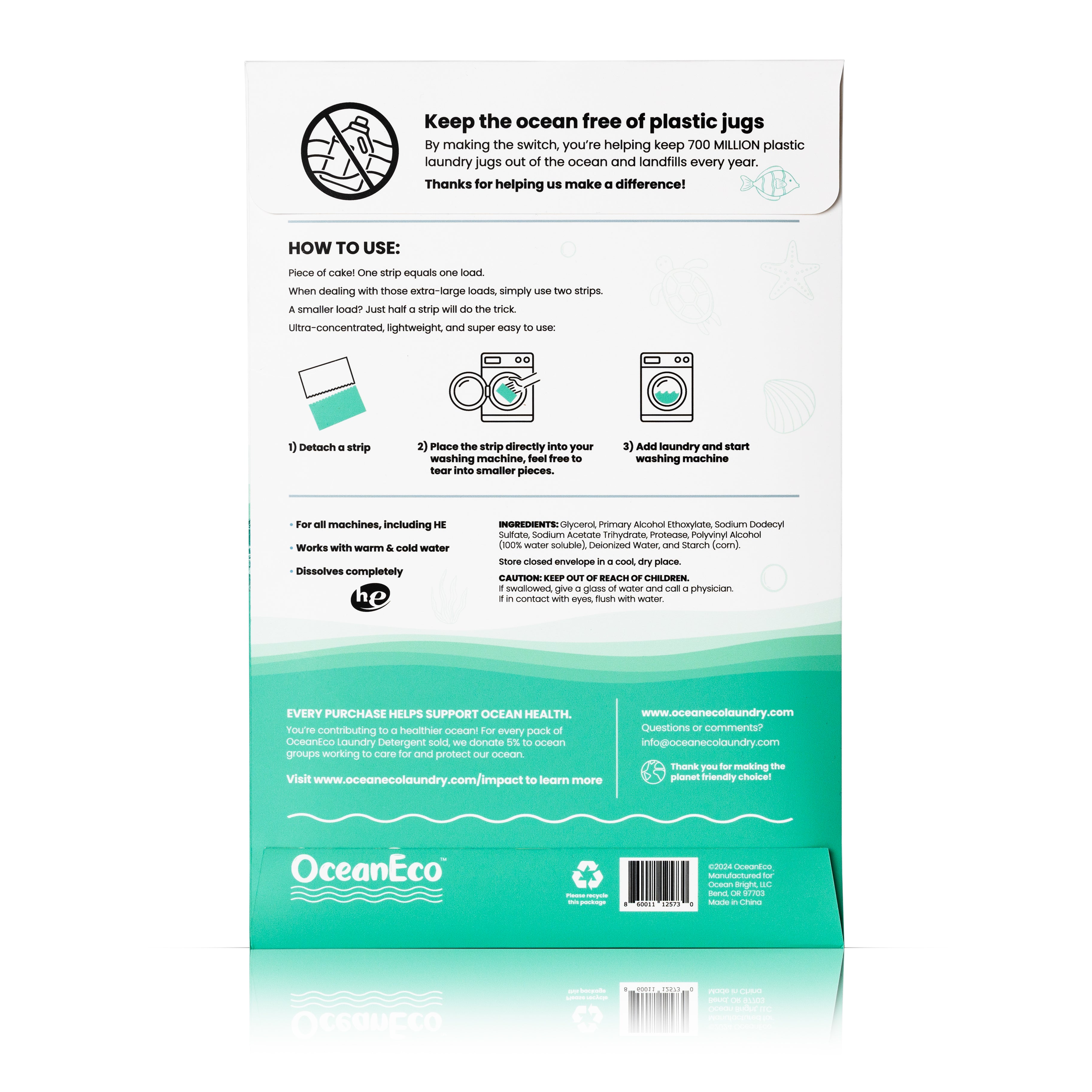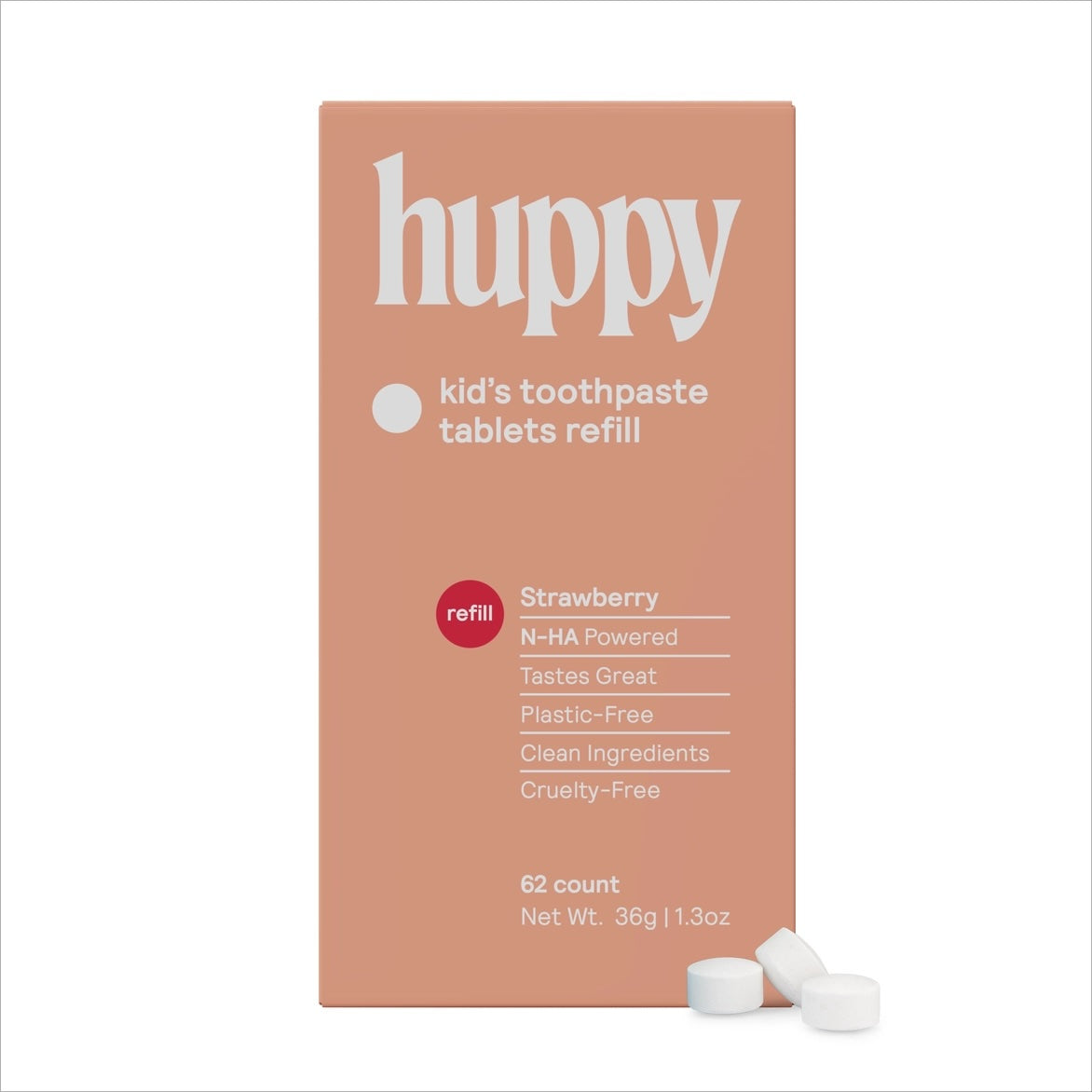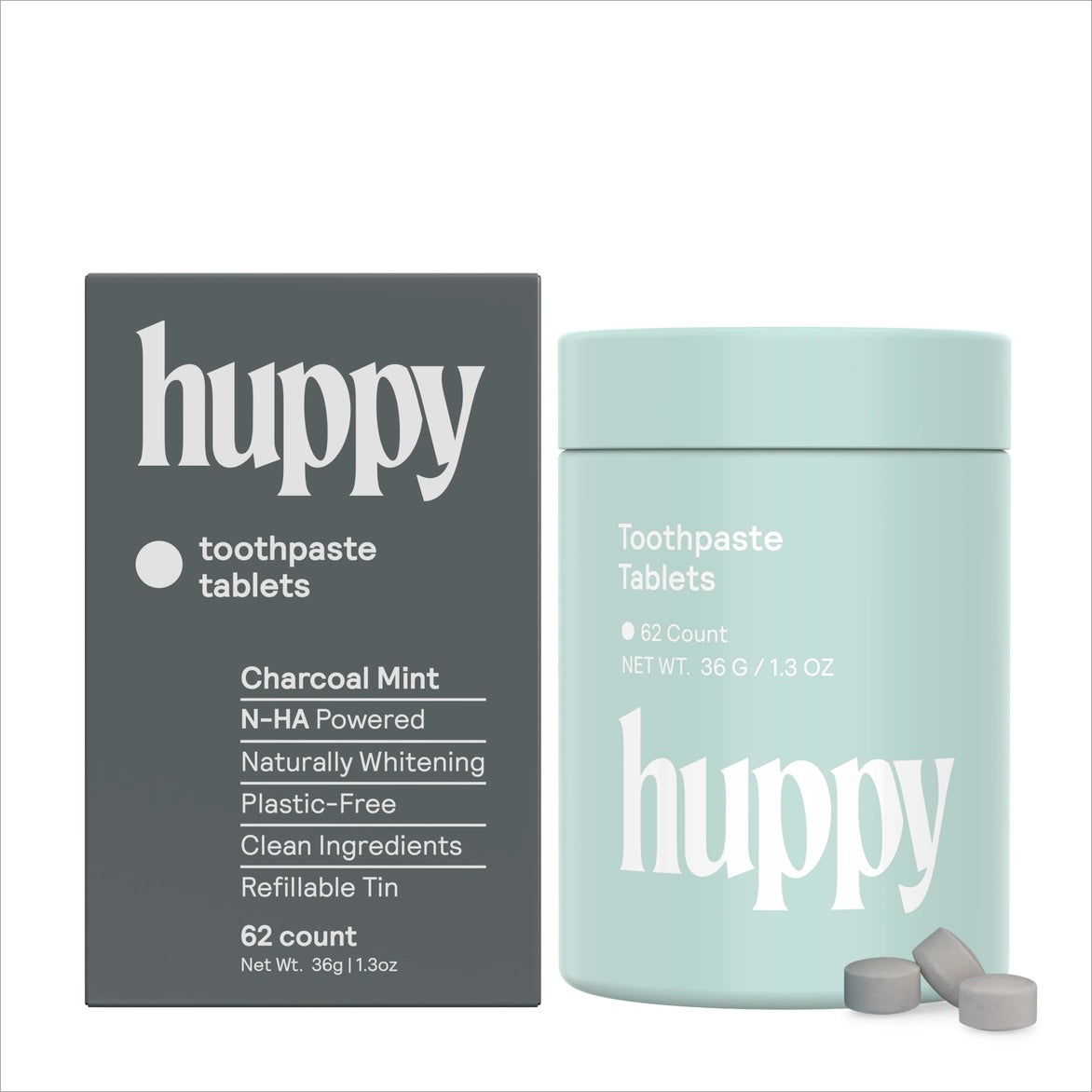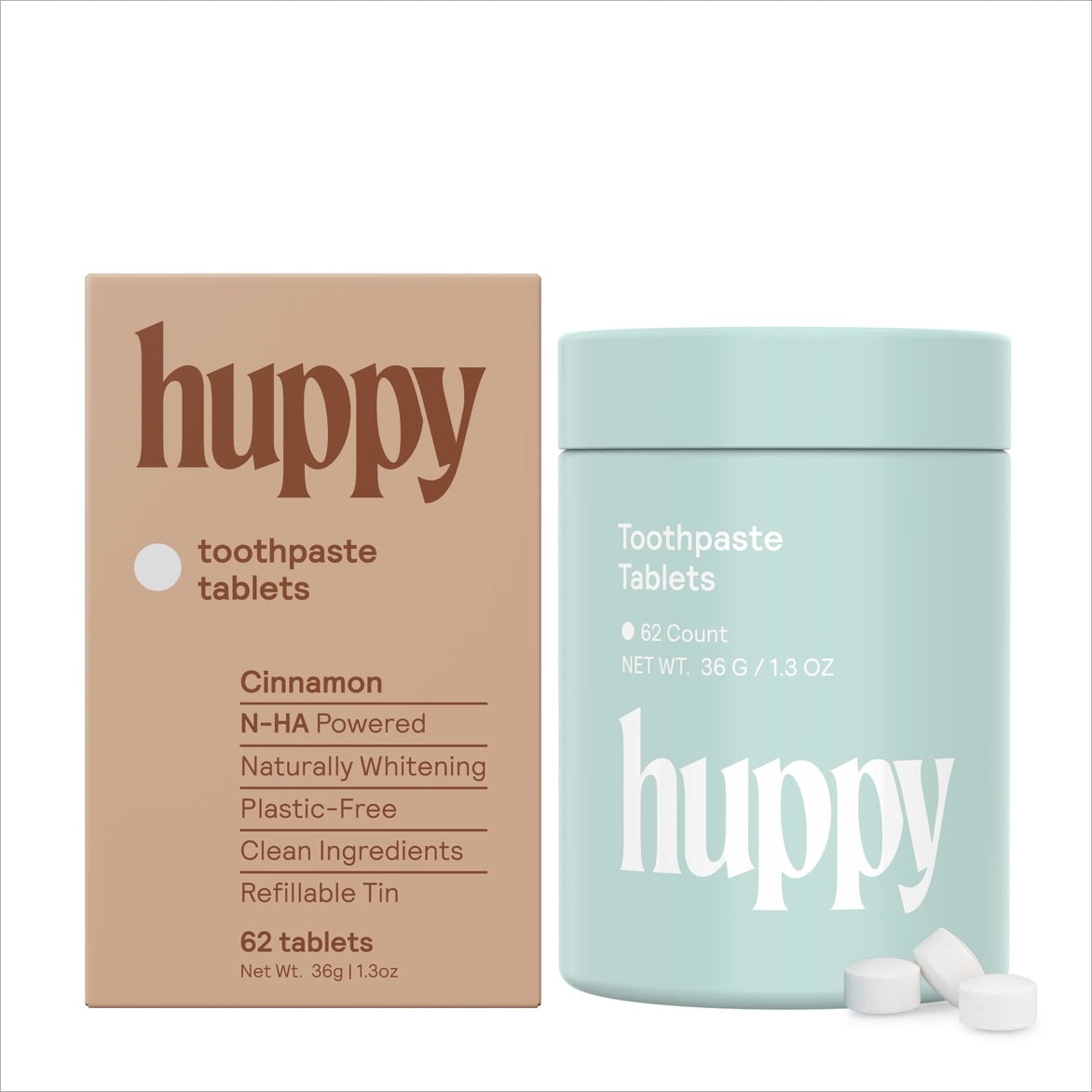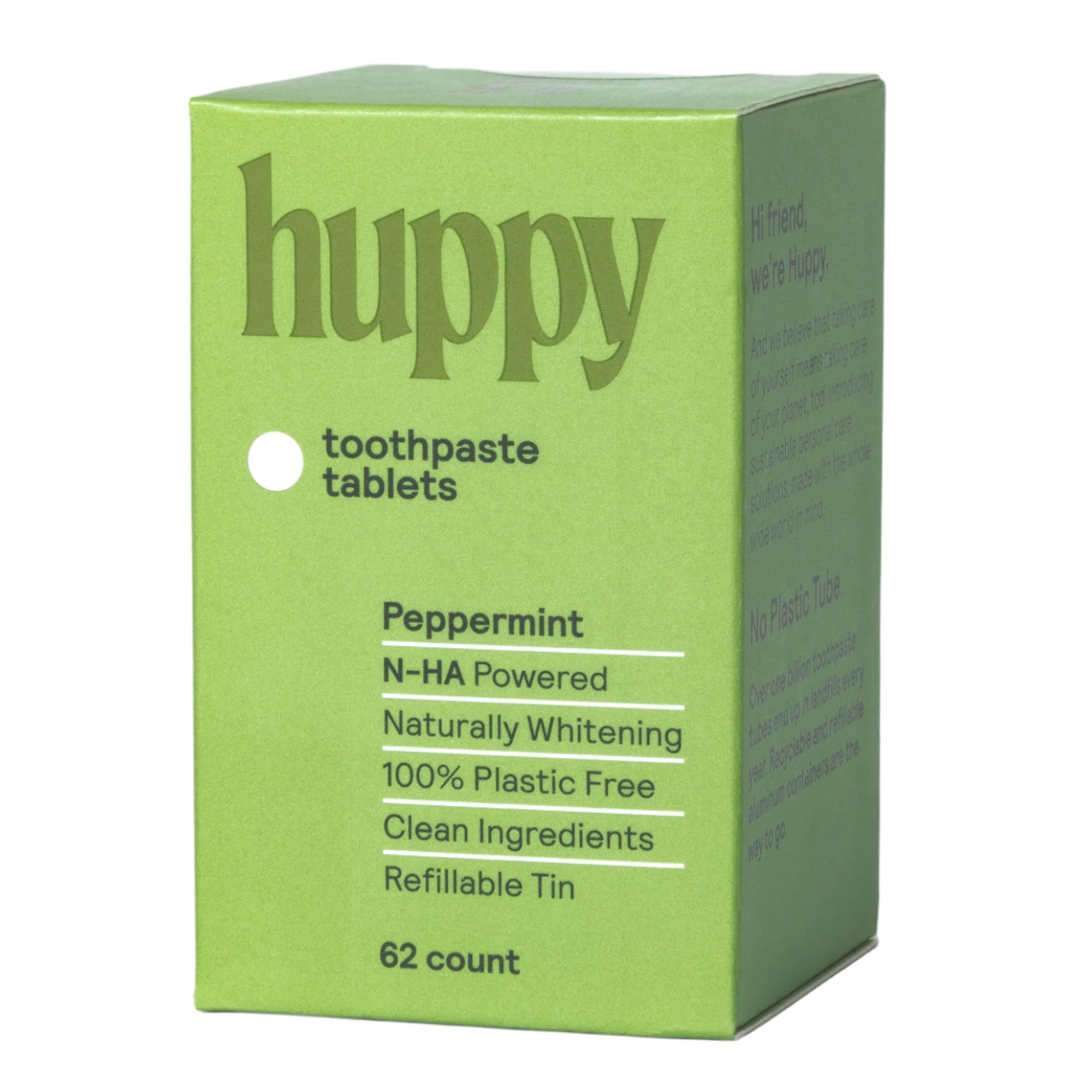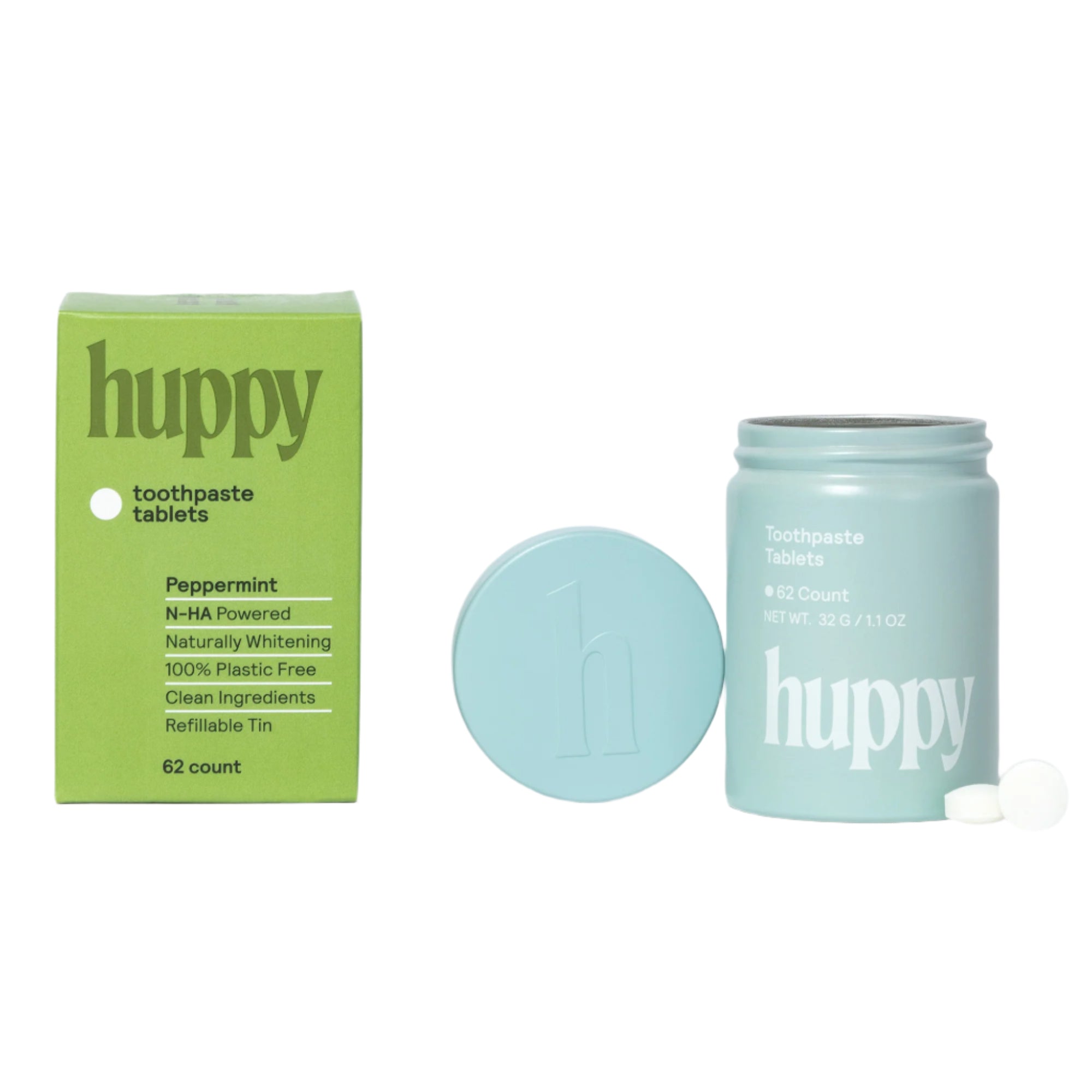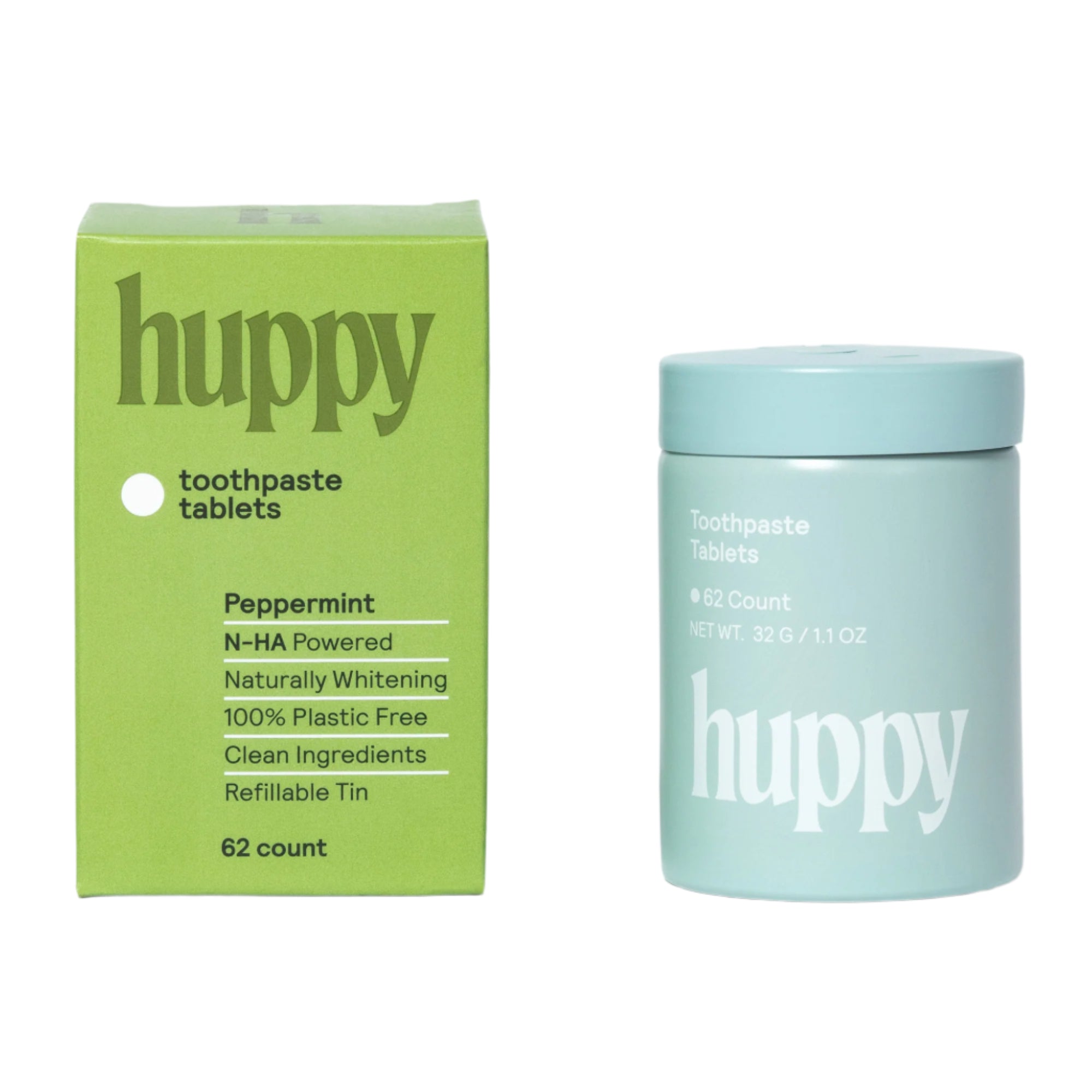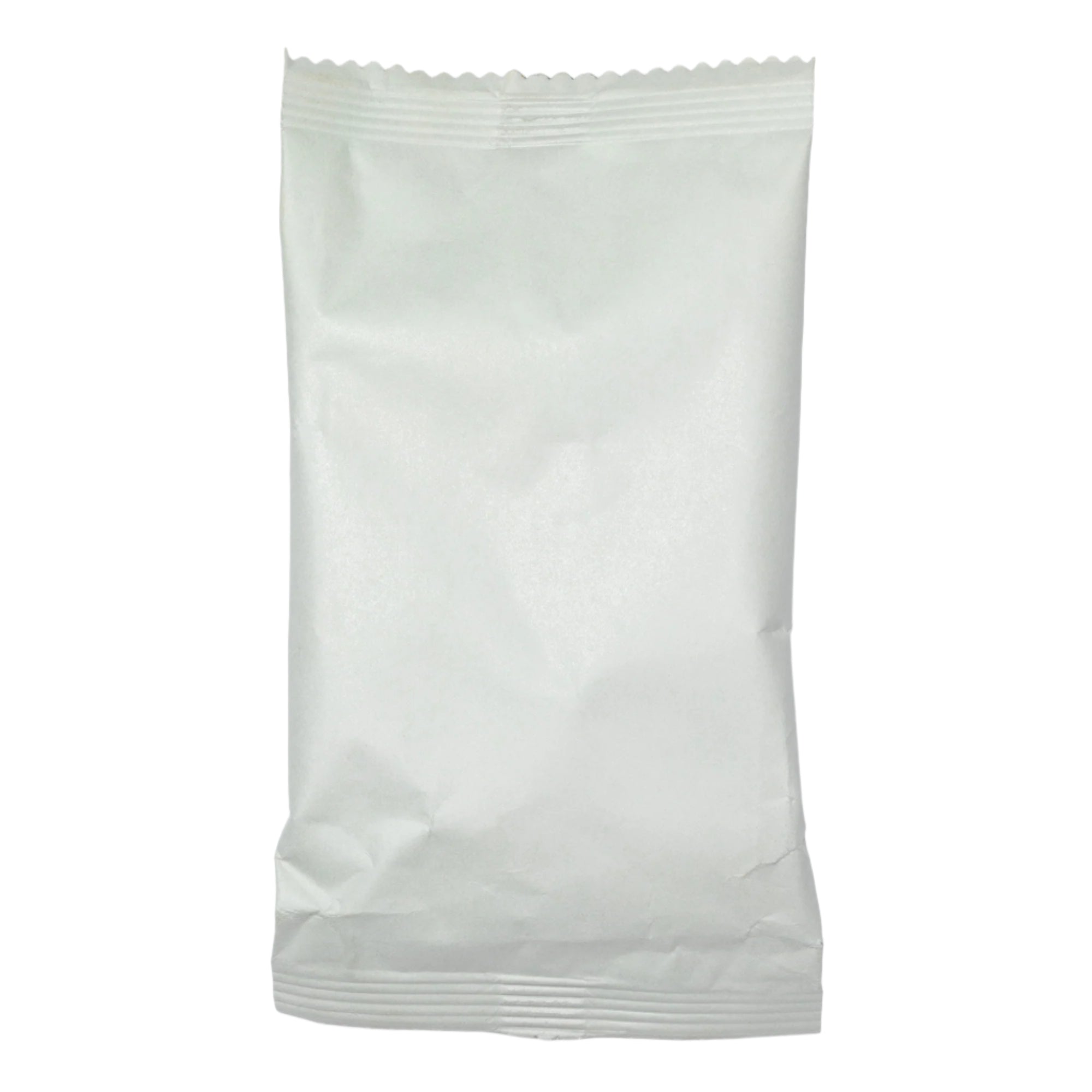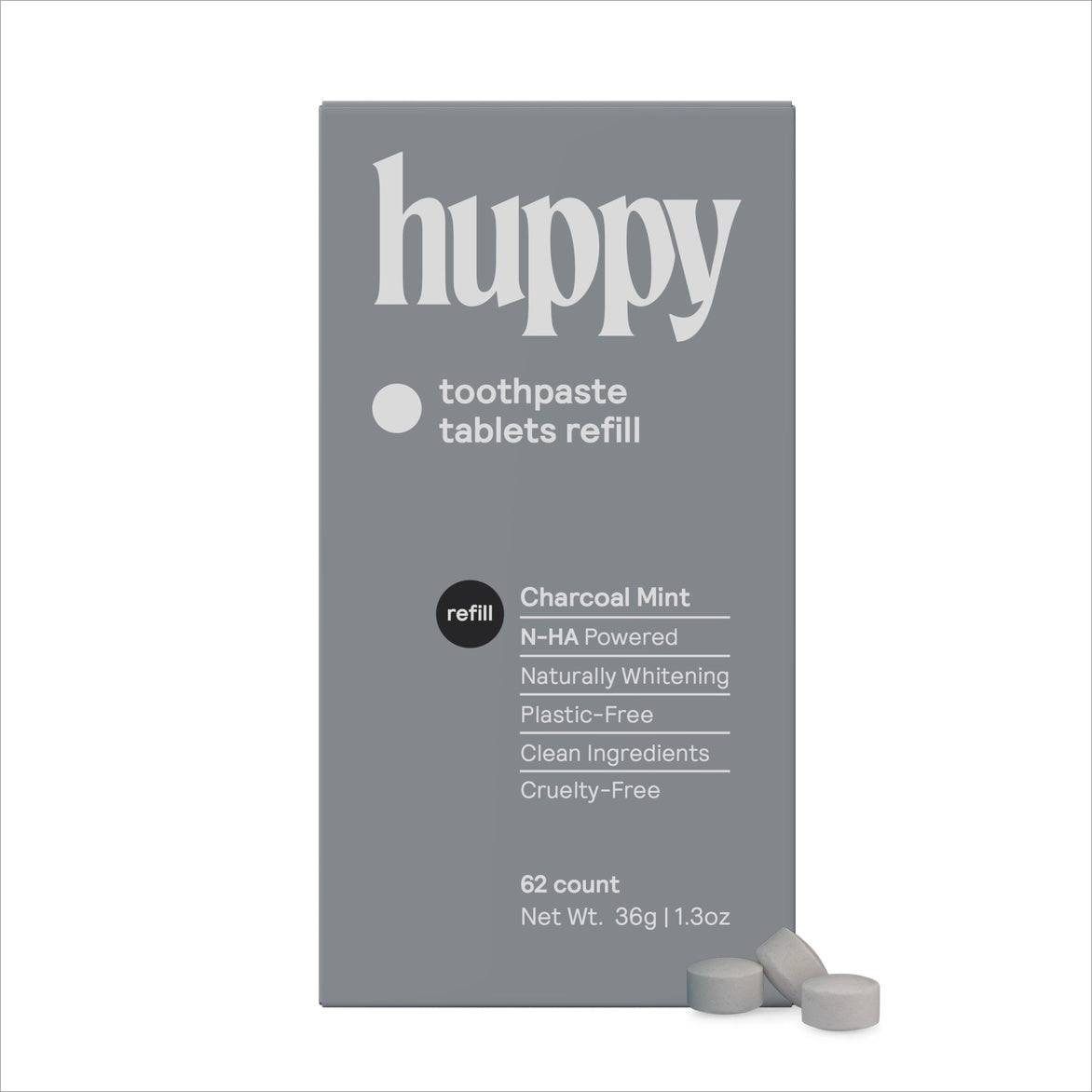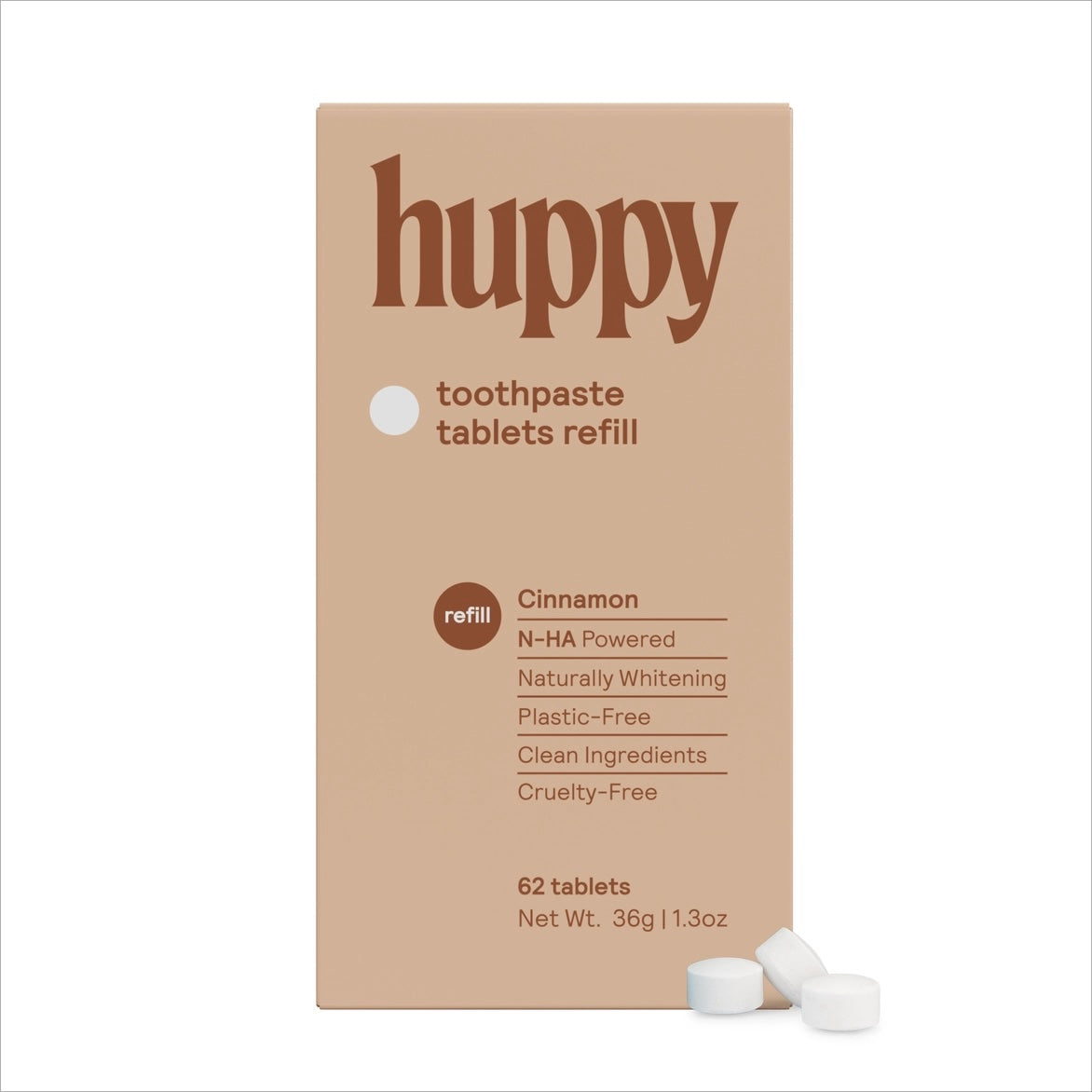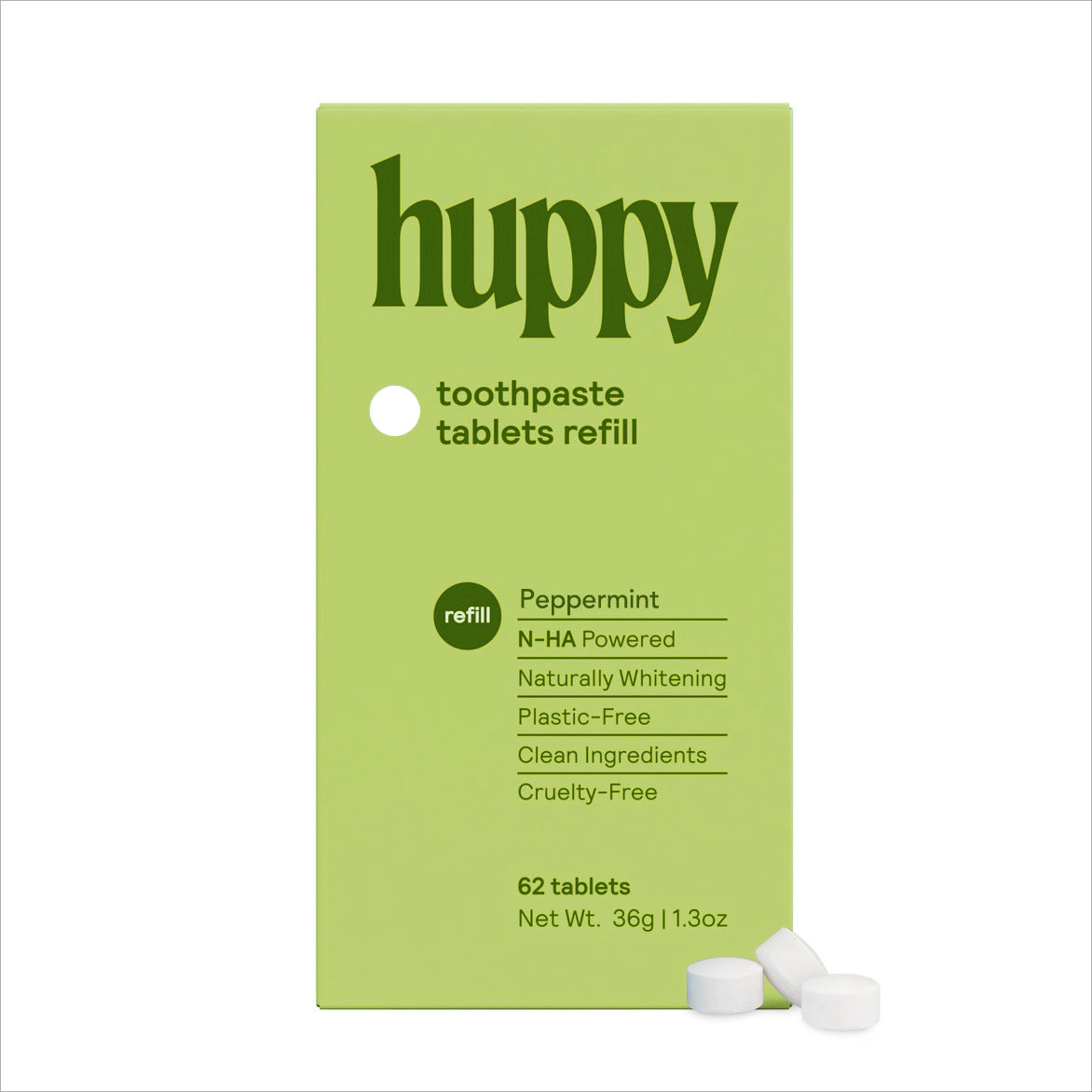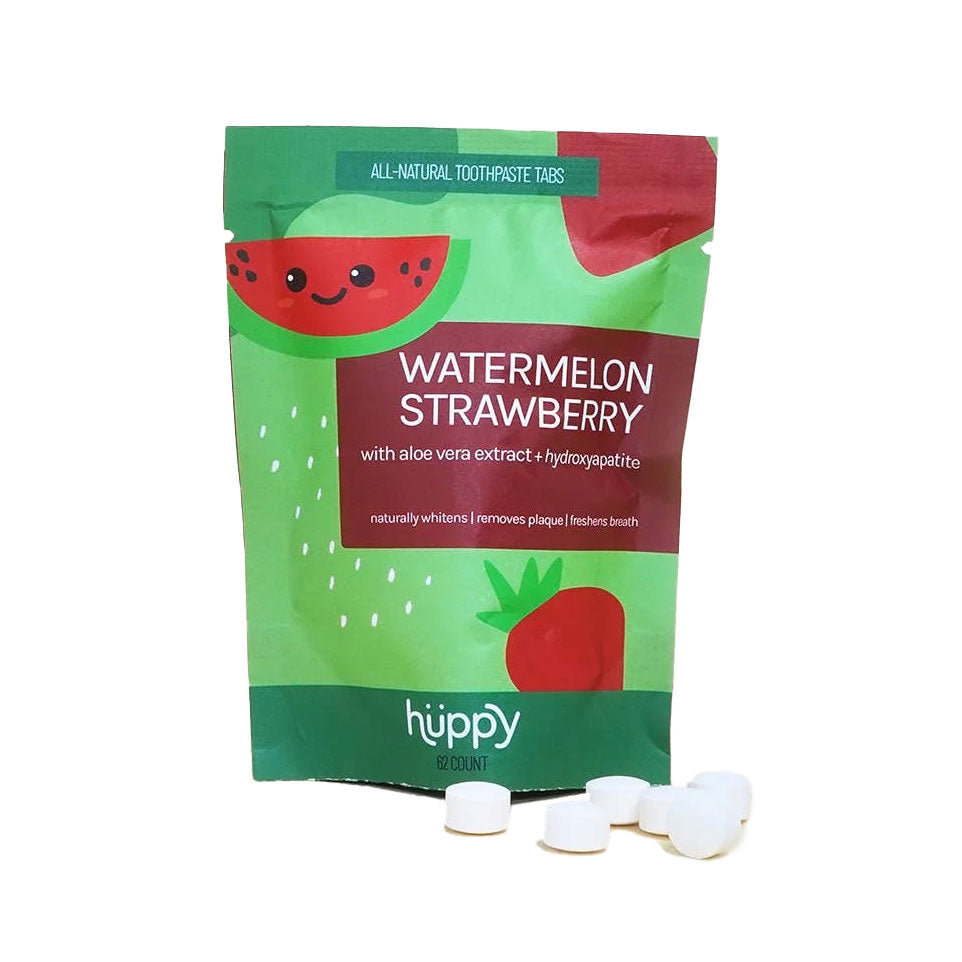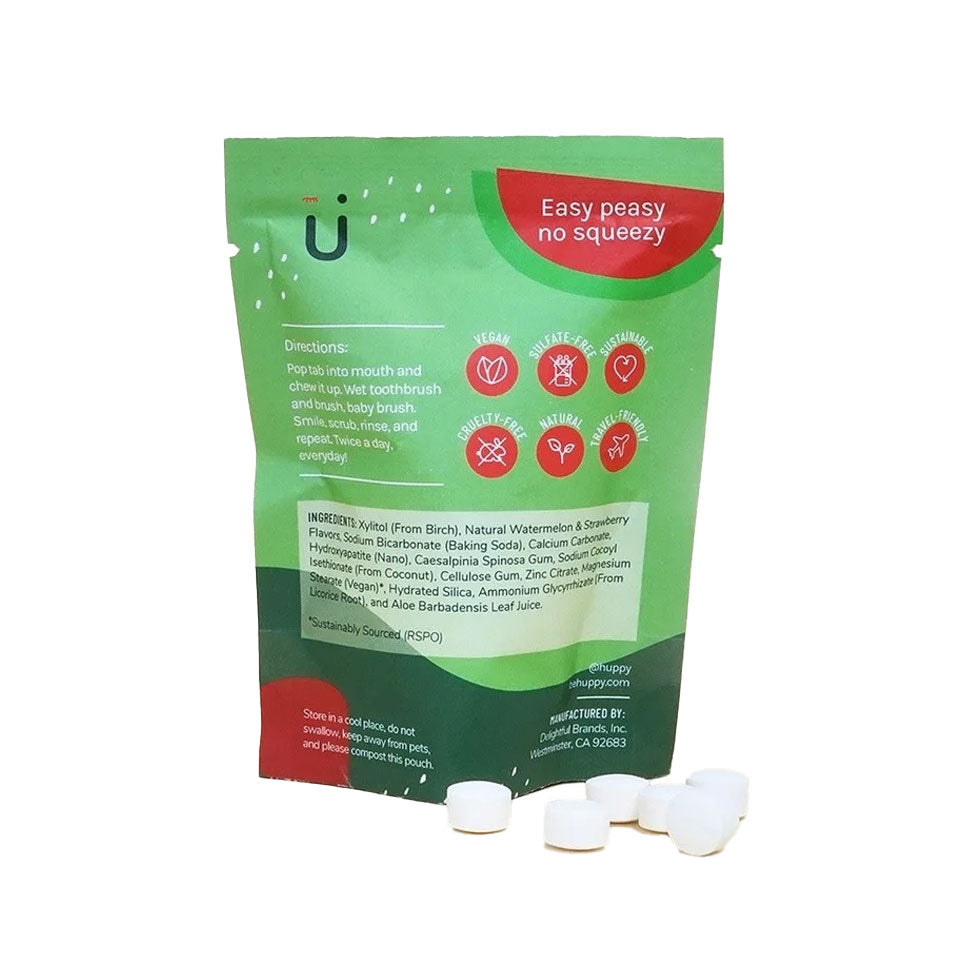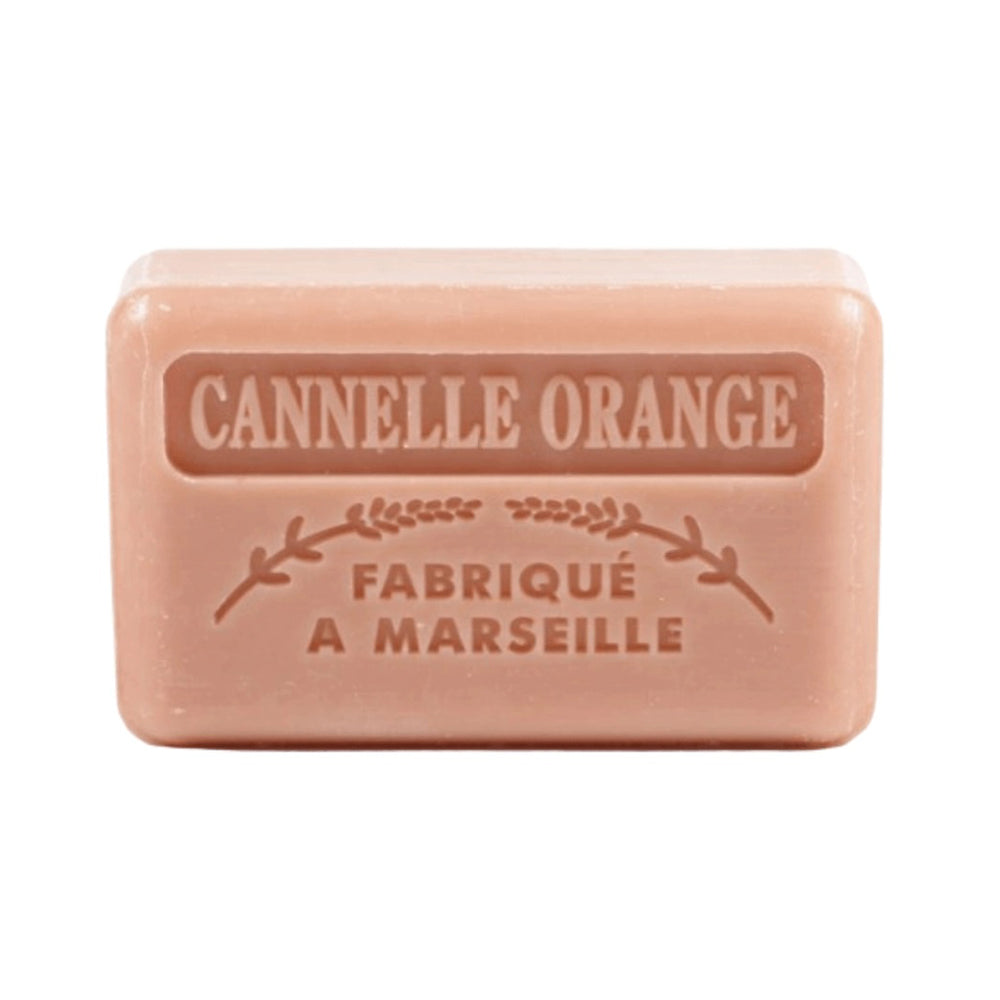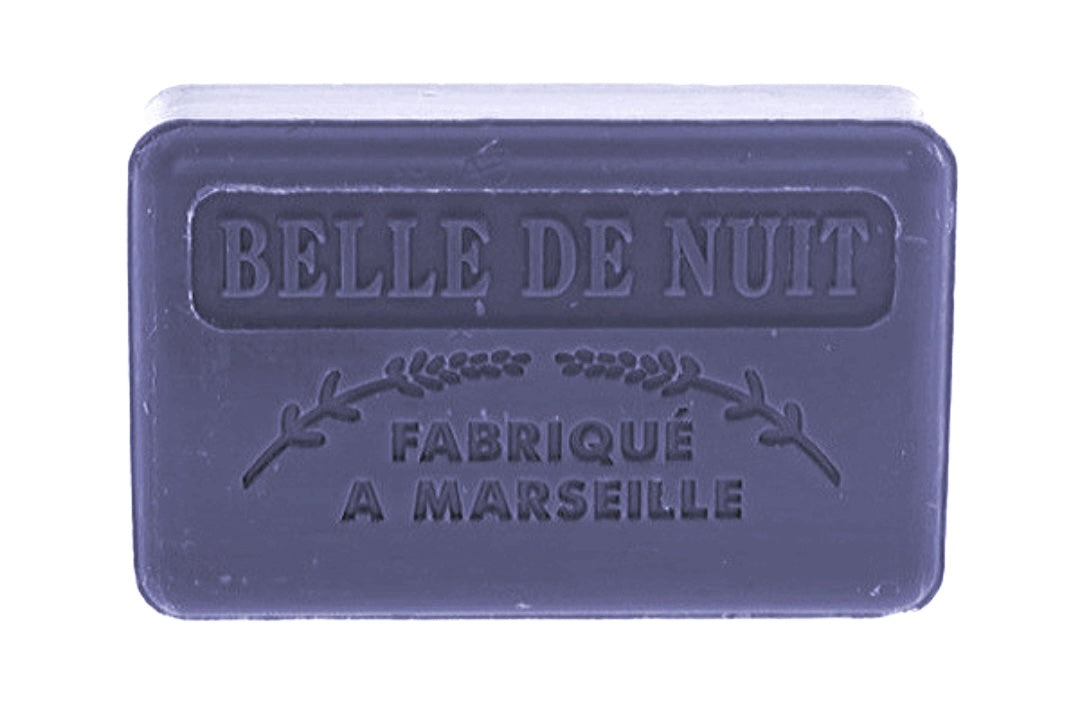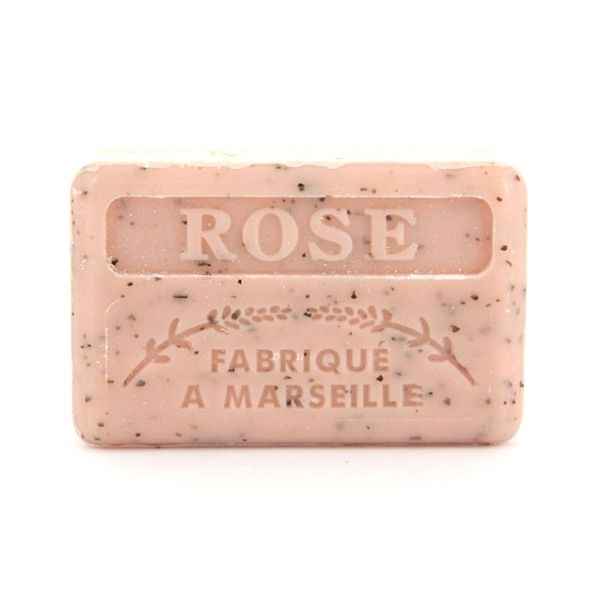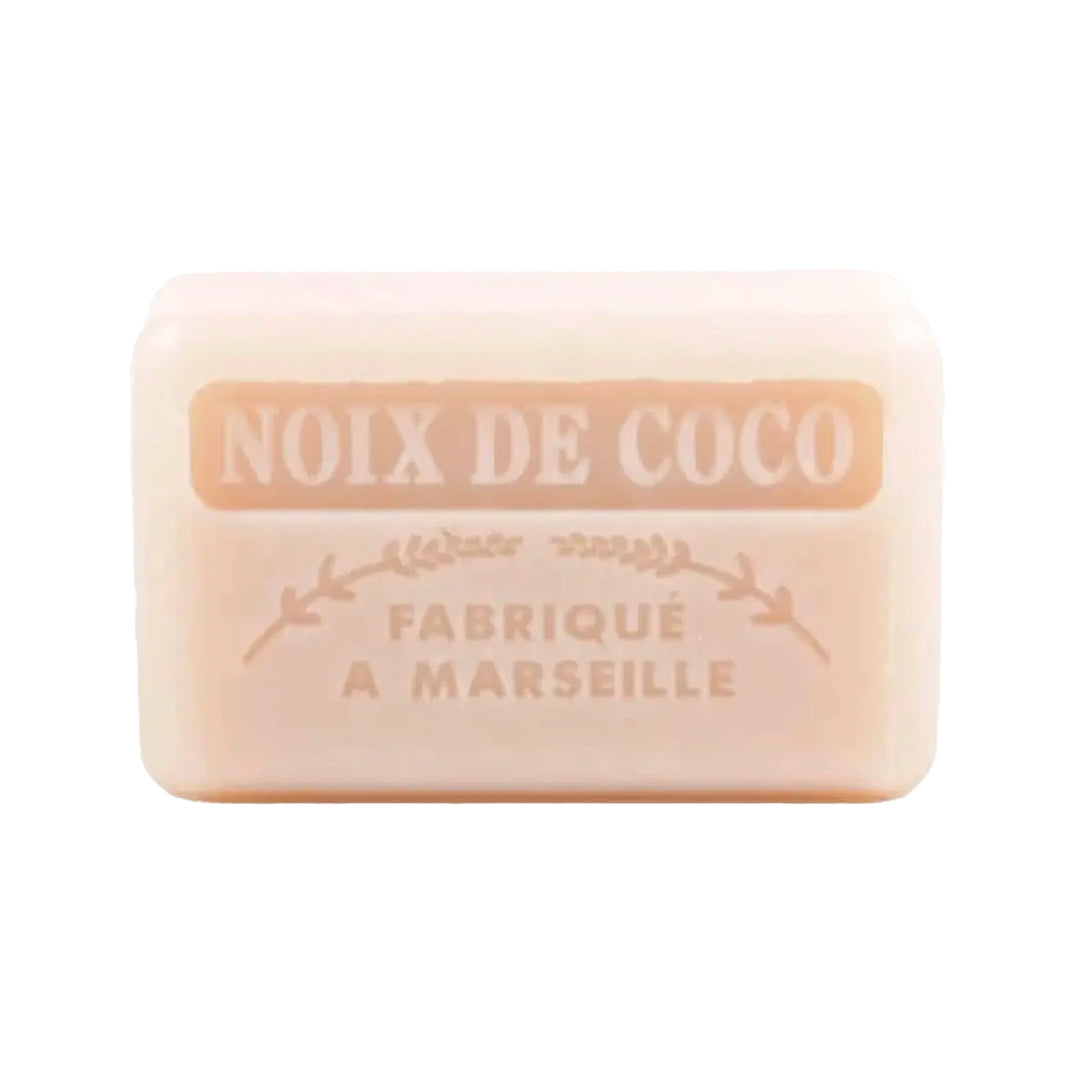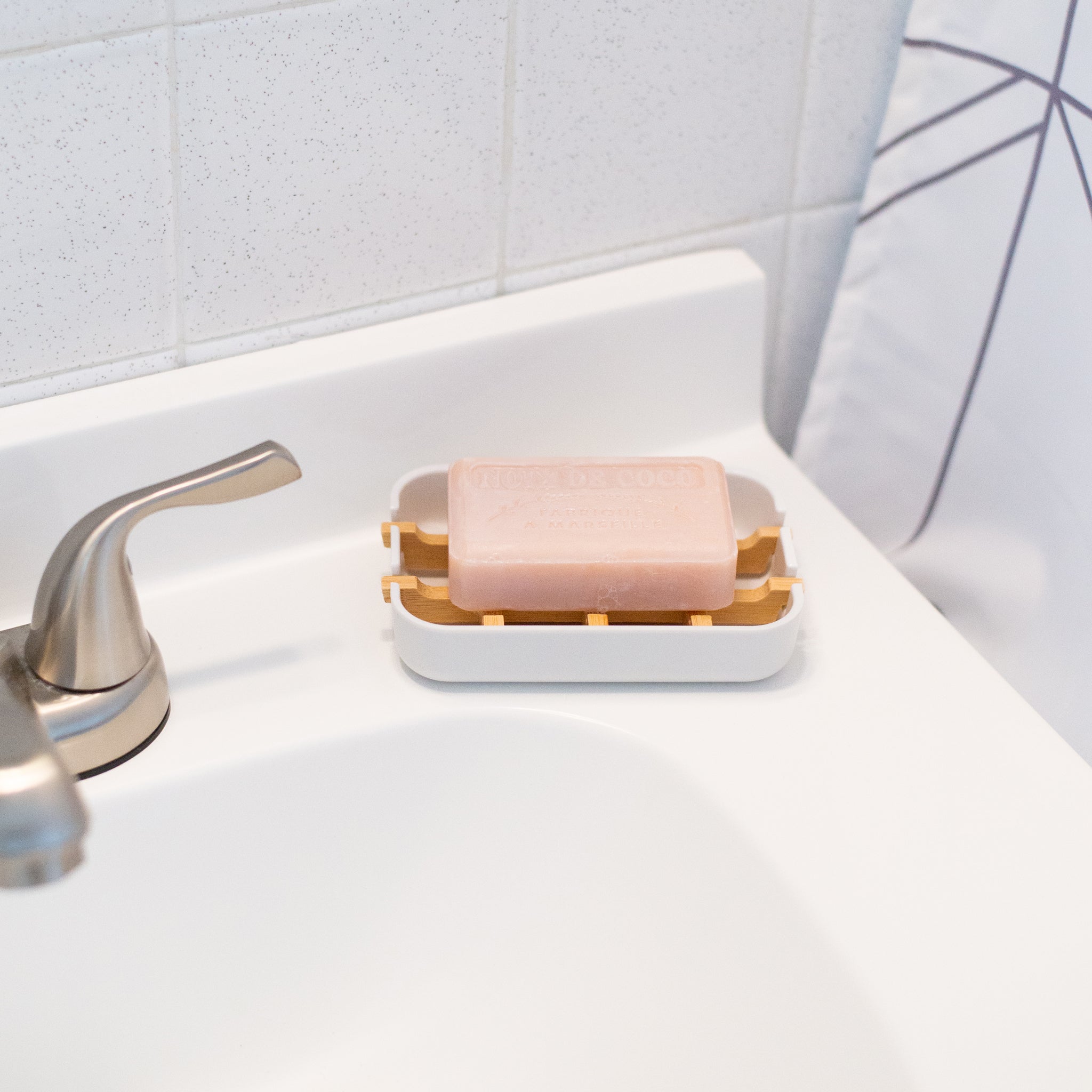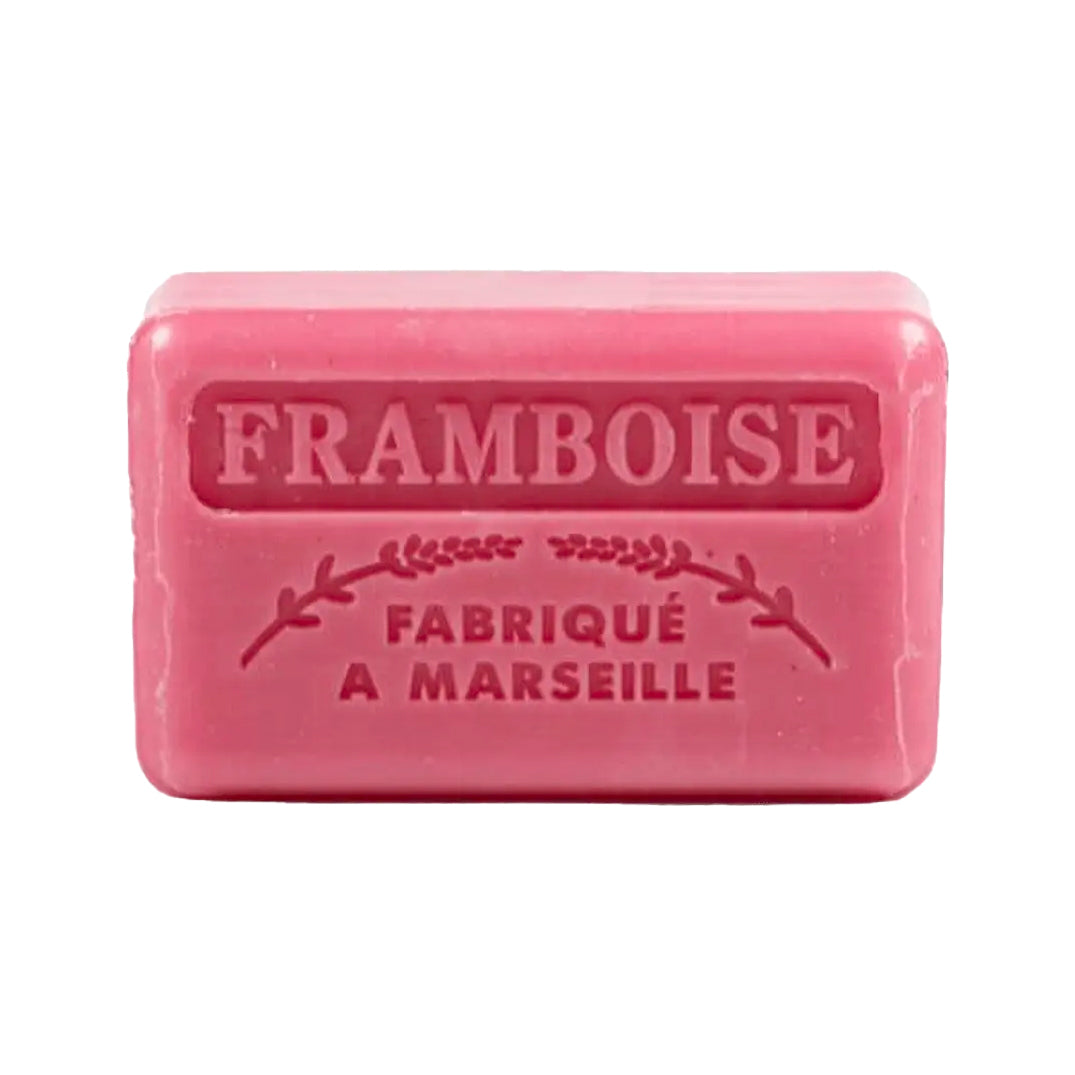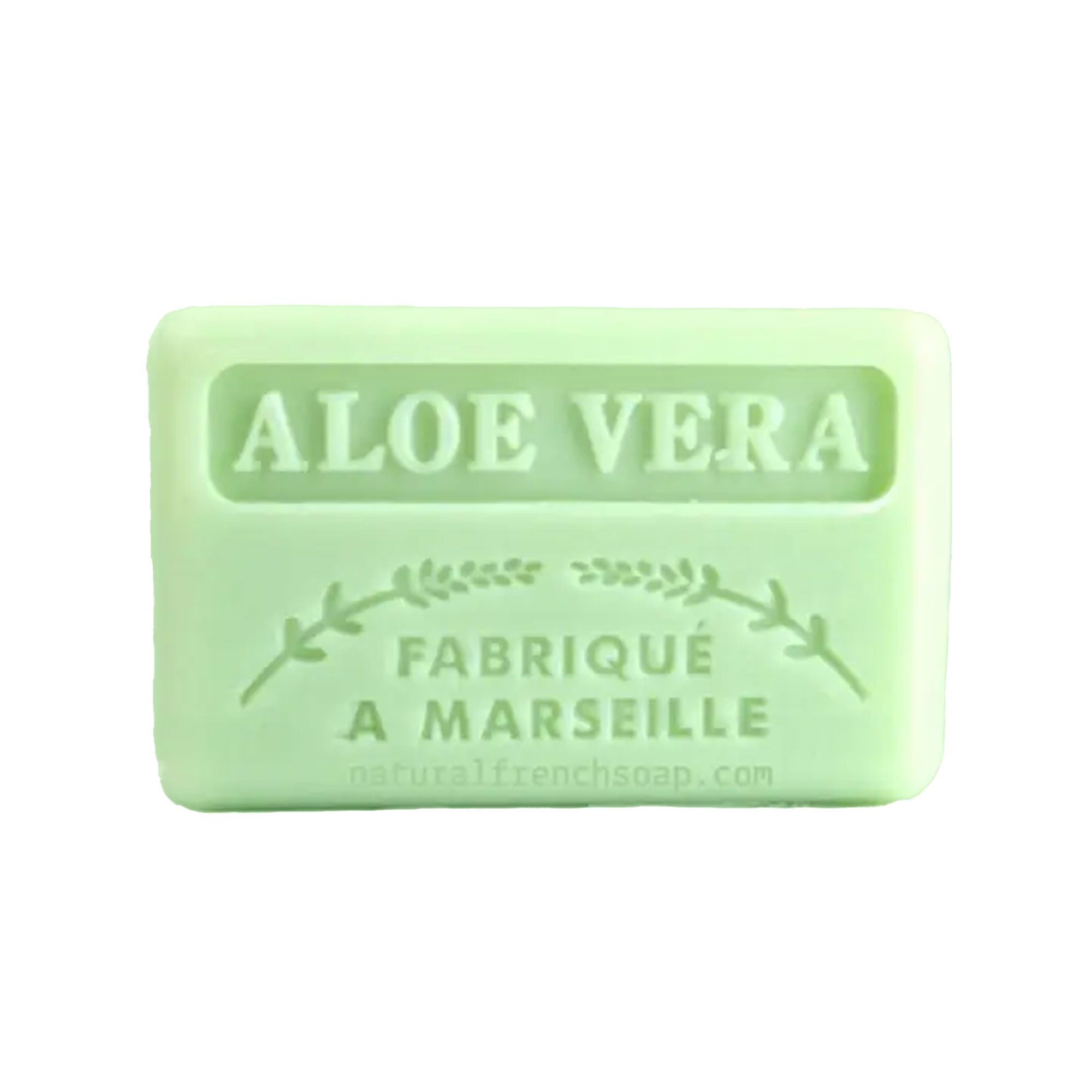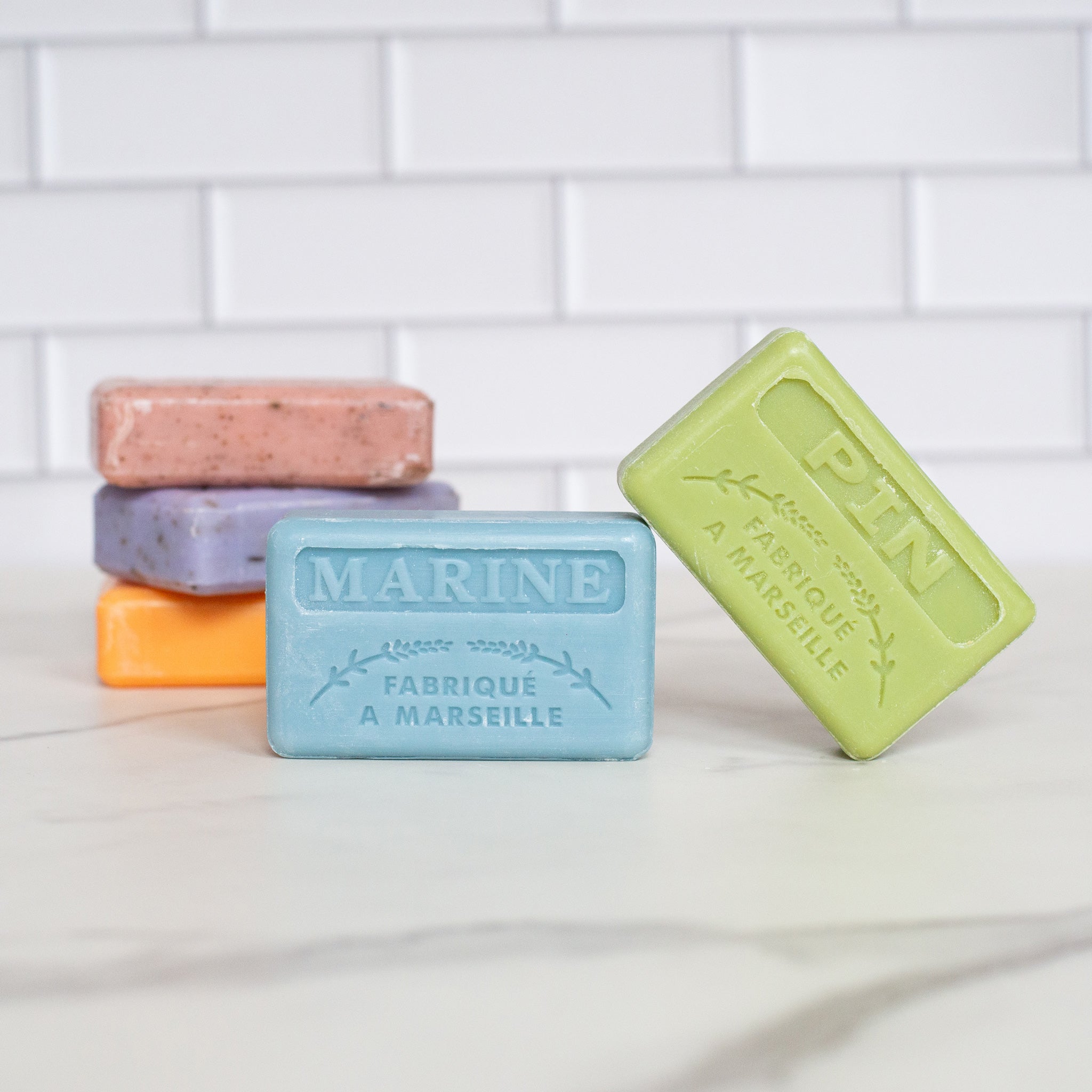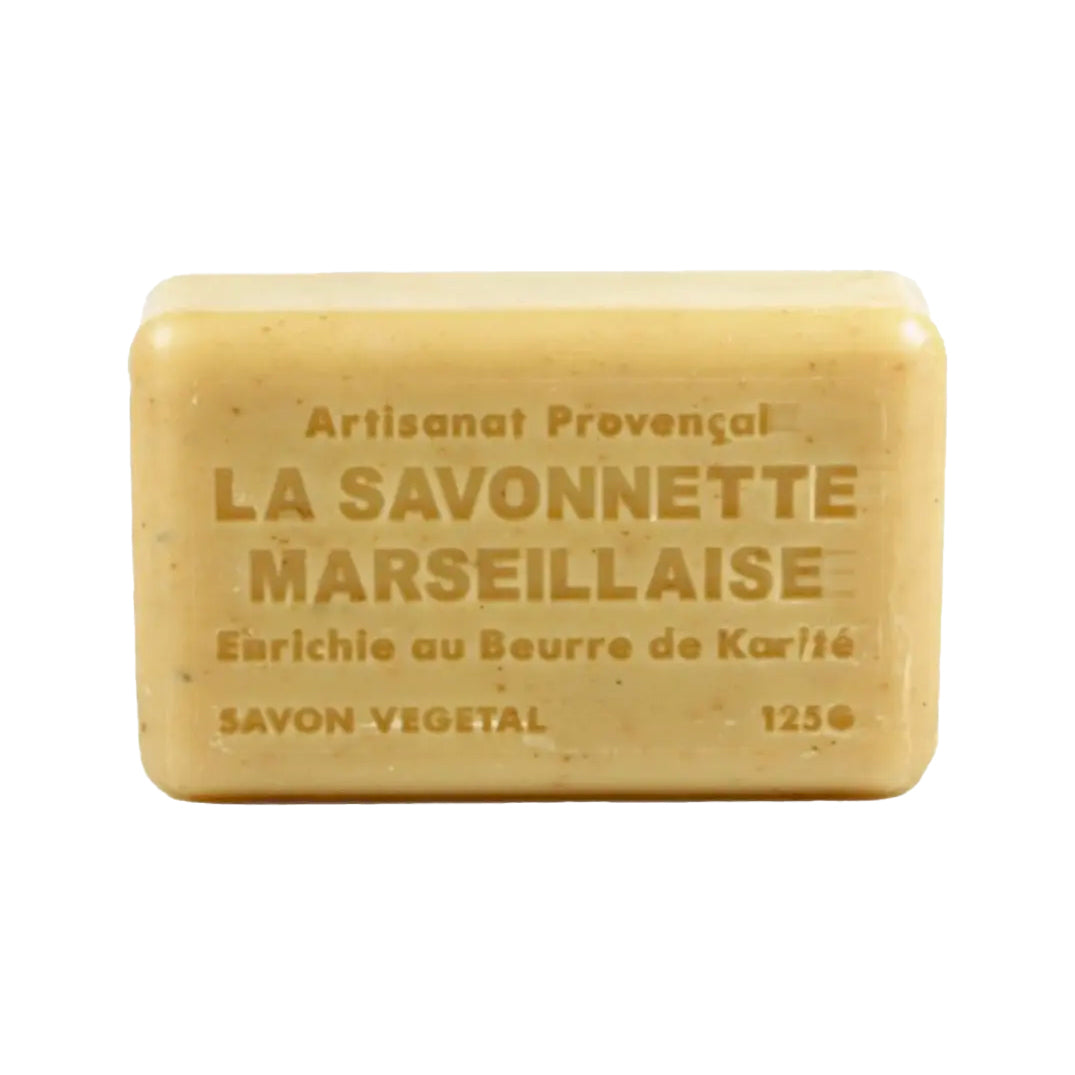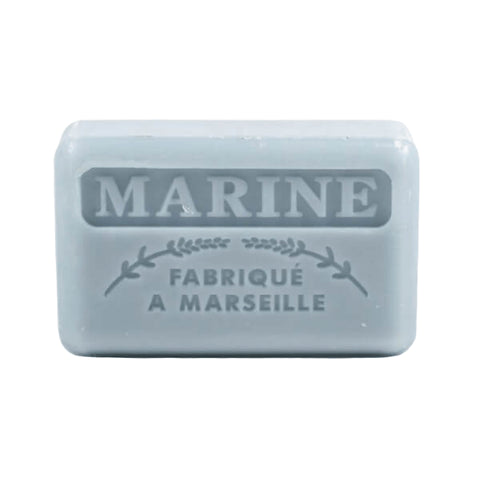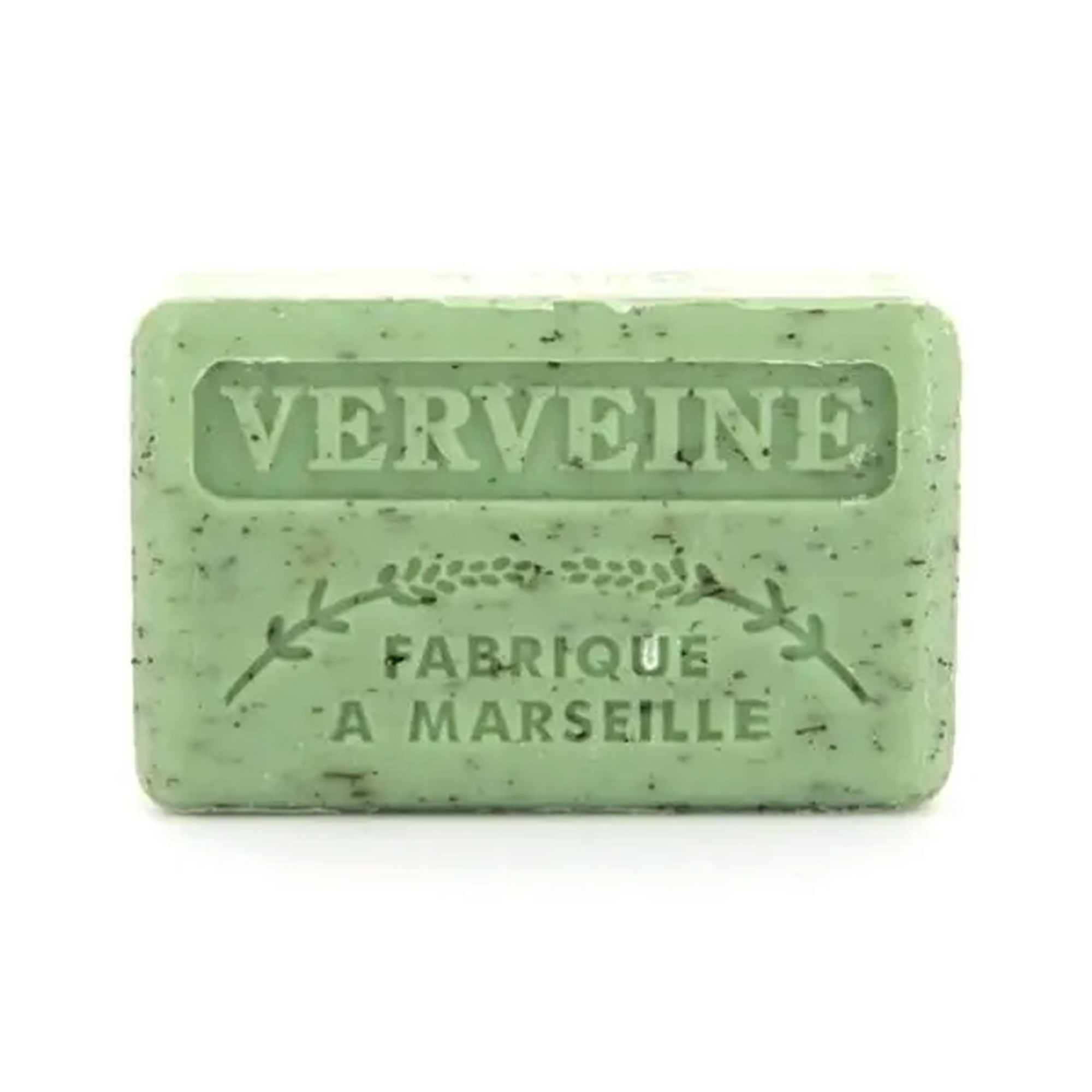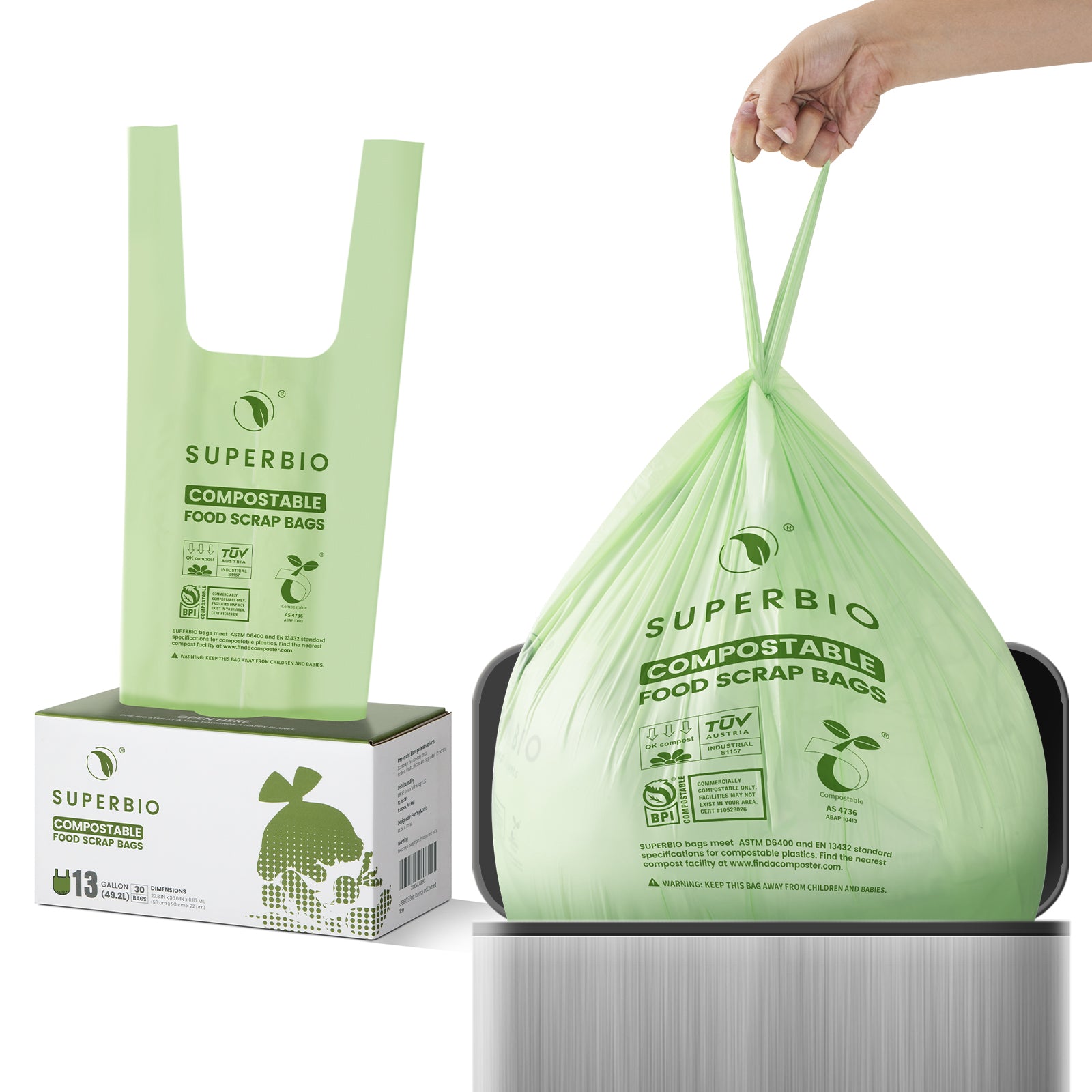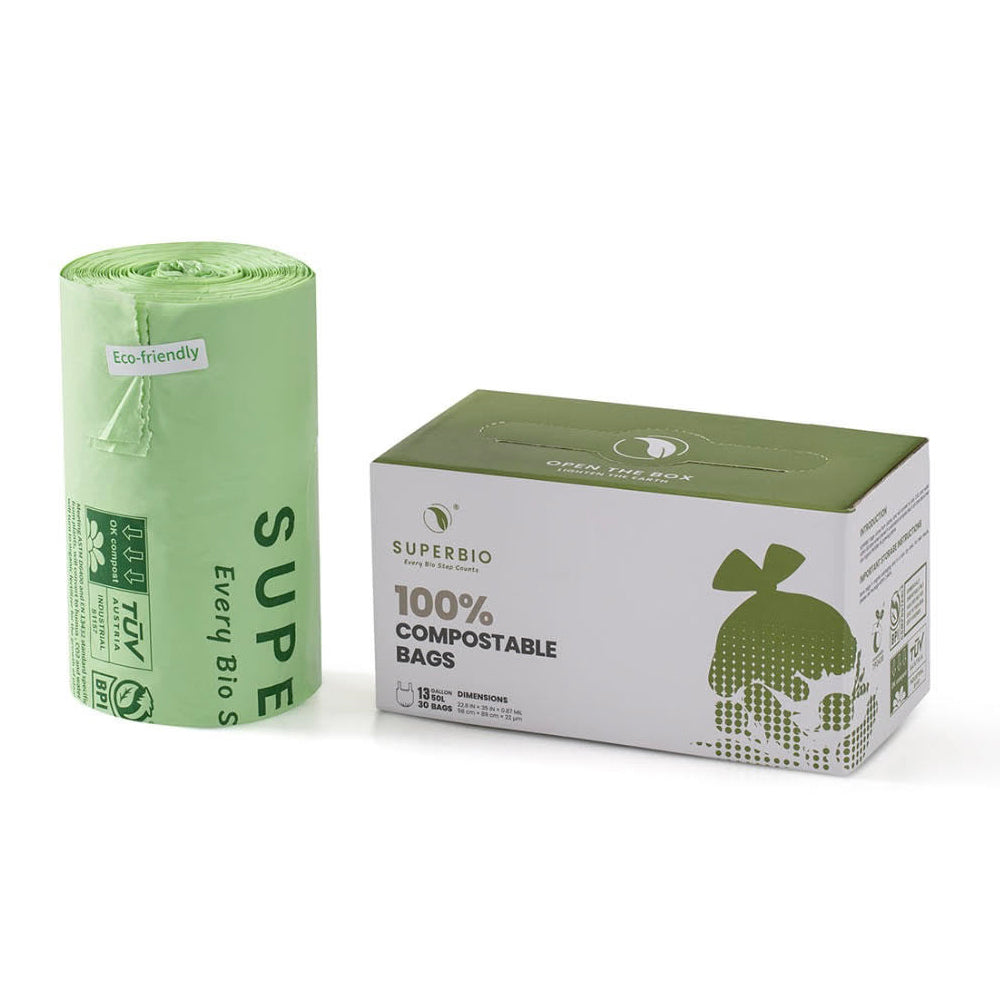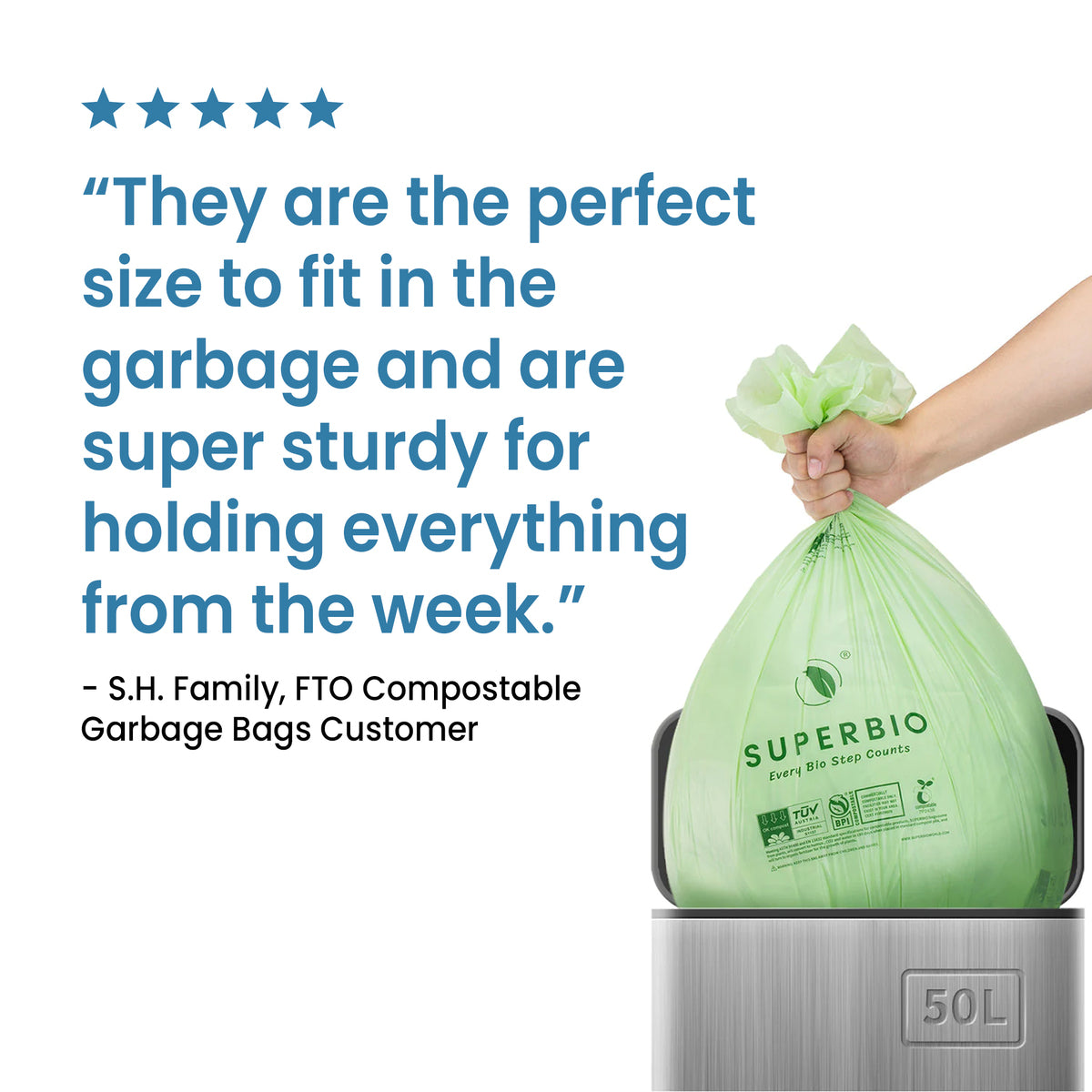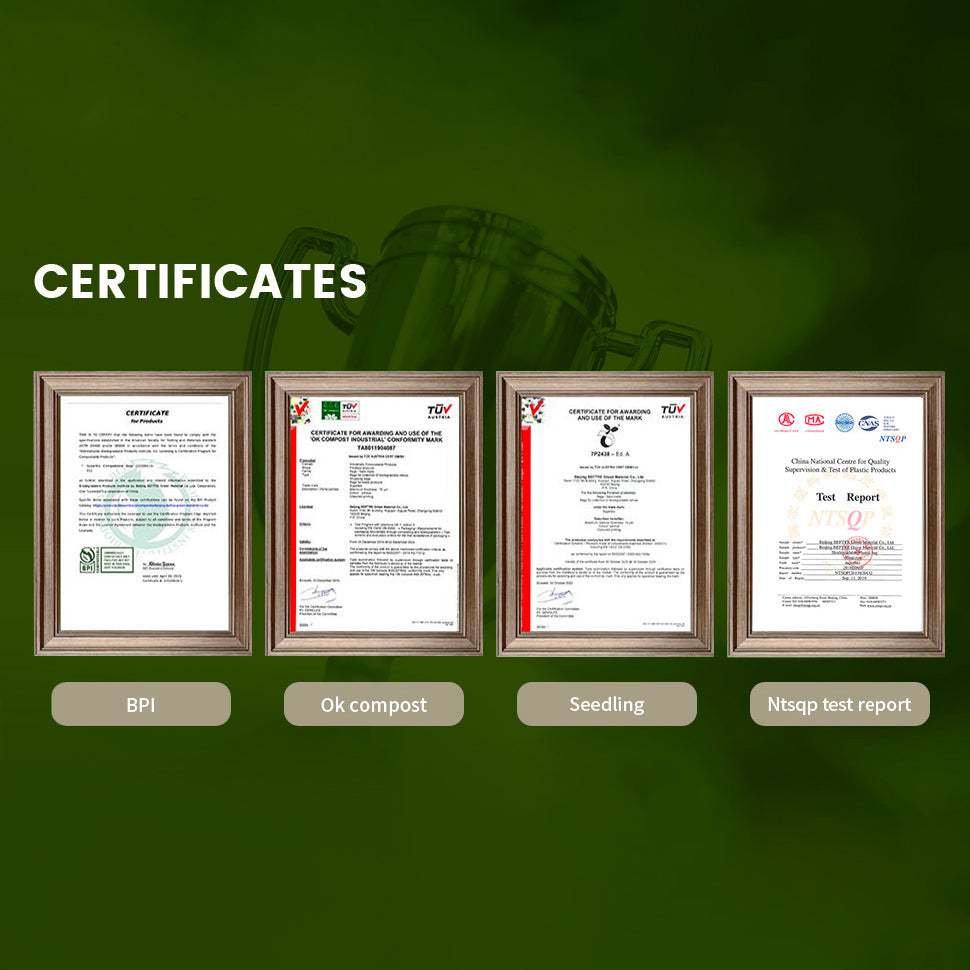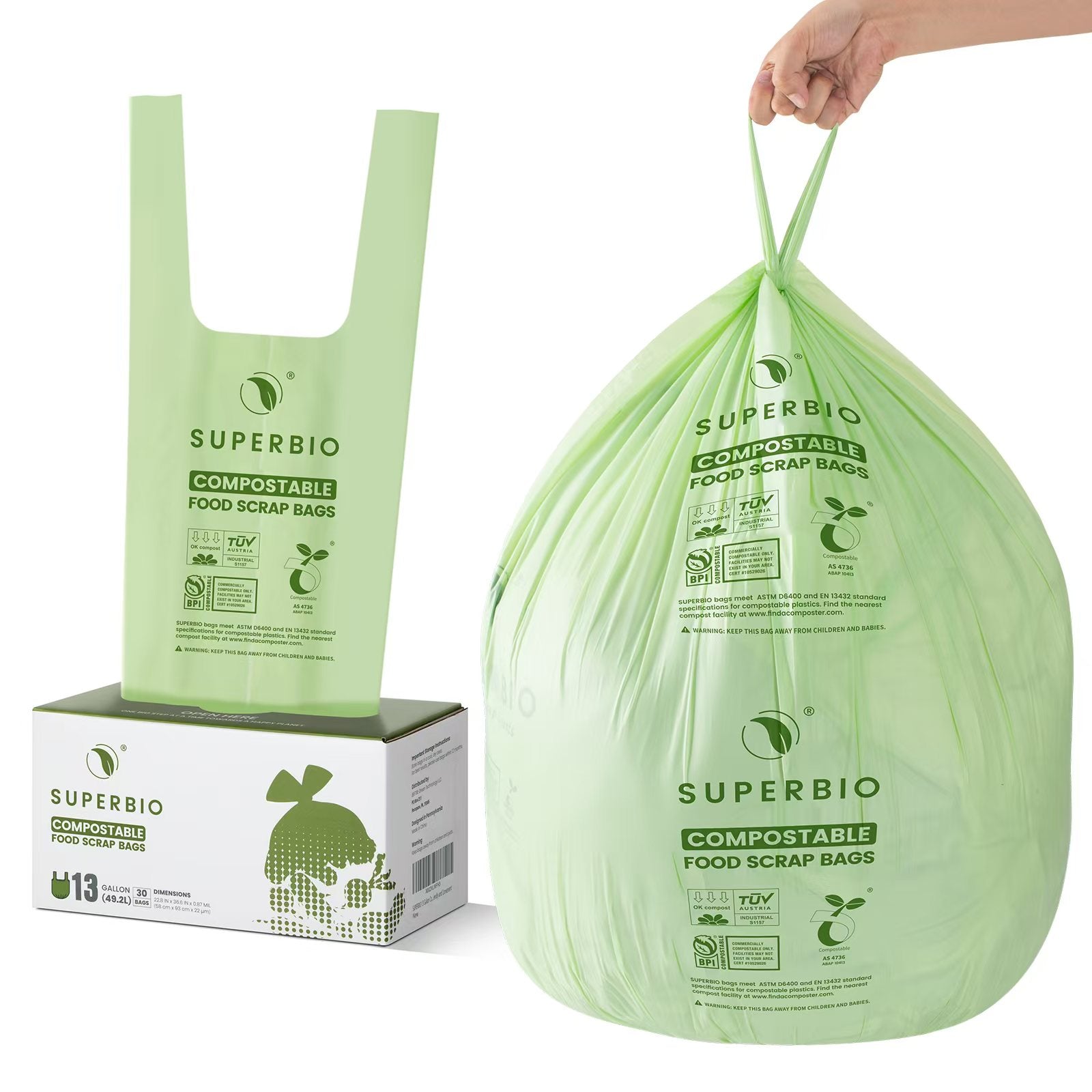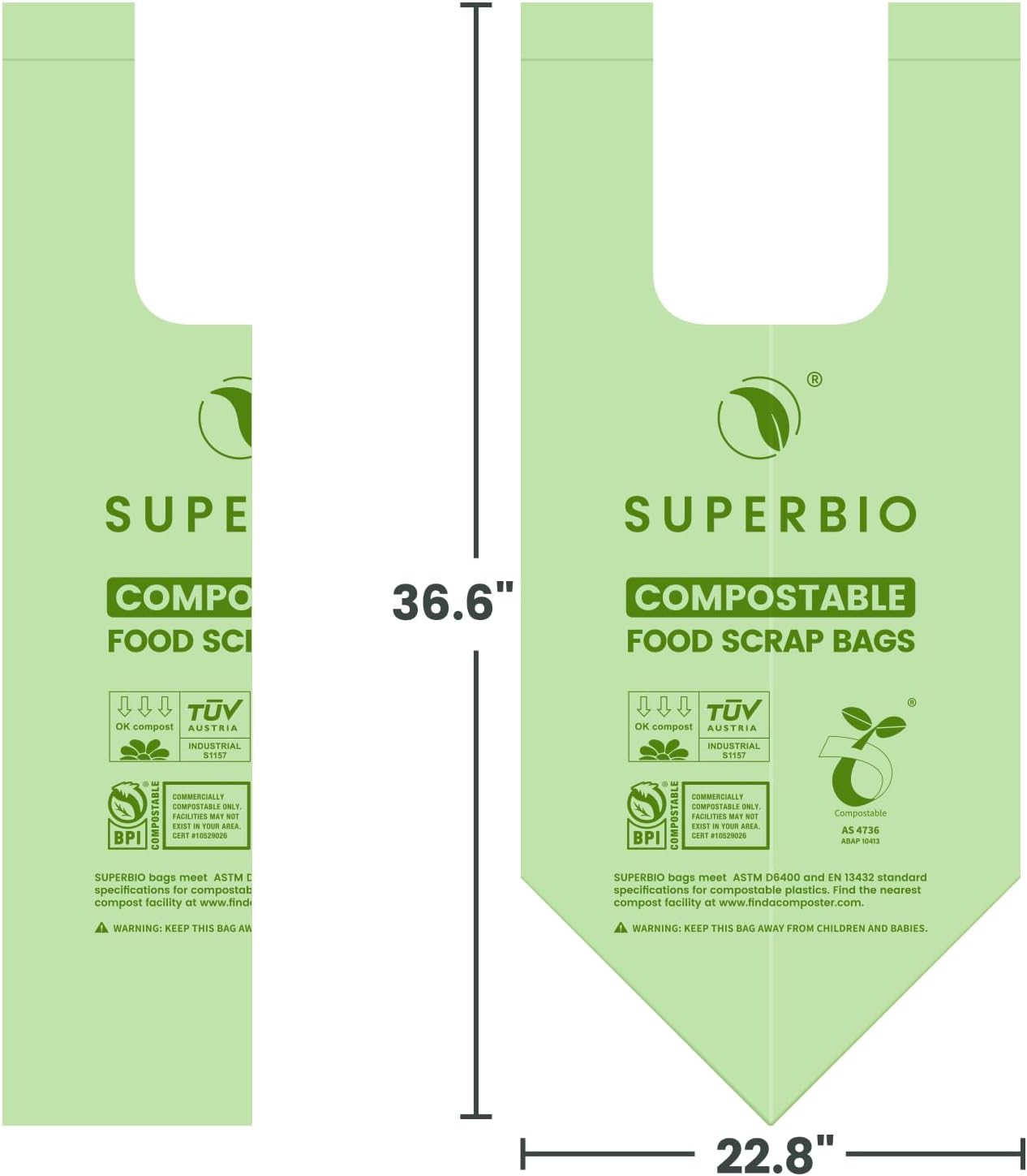America’s Largest Ship to Be Transformed into an Underwater Haven for Marine Life
Once the largest and fastest passenger ship ever built in America, the SS United States ferried heads of state, Hollywood celebrities, and immigrants across the Atlantic Ocean.
Now, over 70 years later, this storied vessel could meet its final resting place at the bottom of the Gulf of Mexico as part of a groundbreaking environmental project.
Okaloosa County in Florida has inked a deal to convert the historic ship into the world’s largest artificial reef, providing a new home for marine life and a potential boon for local tourism.

From Ocean Liner to Artificial Reef
The SS United States, docked in Philadelphia for nearly three decades, has been fighting a long battle to avoid the scrapyard. Conservationists and government officials have explored various preservation efforts, but high costs have stymied many of those plans. A deal approved by Okaloosa County could see the ship purposefully sunk to create an artificial reef, a project that could generate millions in tourism revenue and greatly benefit marine ecosystems, ABC News reports.
Local Commissioner Mel Ponder called the plan “a heritage and a legacy that is generational,” underscoring the pride local residents feel at the prospect of hosting this piece of maritime history near their shores.
This artificial reef would add to Okaloosa County's existing network of over 500 underwater habitats. County officials estimate that once the ship is fully prepared, transported, and submerged, it could take at least 18 months for the process to be completed, U.S. News reports. A court-ordered mediation over the ship’s long-standing berth in Philadelphia is the final hurdle standing in the way of this monumental transformation.

How Artificial Reefs Help Marine Ecosystems
Artificial reefs like the one planned for the SS United States offer numerous benefits for marine life. These man-made structures provide habitat and breeding grounds for fish, crustaceans, and other sea creatures. They also encourage biodiversity by creating new surfaces where marine organisms like corals and sponges can grow.
According to MarineBio these reefs can help restore damaged ecosystems, which have been compromised by overfishing, pollution, and climate change. Artificial reefs have become essential tools for habitat restoration worldwide, with sunken ships proving especially effective as complex environments for marine life to colonize.
In addition to fostering ecological benefits, artificial reefs can protect coastlines from erosion by reducing wave energy. This is especially important in areas like Florida's Gulf Coast, where shoreline erosion threatens both natural habitats and human infrastructure. Artificial reefs strategically placed offshore can act as submerged barriers, protecting fragile coastal ecosystems from the full impact of storm surges SAN reports.

Tourism and Economic Potential
Artificial reefs also carry significant economic benefits. Sinking the SS United States could turn the Gulf of Mexico into a diving destination, attracting thousands of scuba divers, fishermen, and marine enthusiasts. In Florida, where tourism is a major driver of the economy, the new reef could create jobs and stimulate spending on lodging, charter boats, and recreational activities, MarineBio reports. A similar artificial reef project, which involved sinking the USS Oriskany off the coast of Pensacola, has generated millions of dollars in tourism revenue for the region.
Artificial reefs have become an important tool in promoting sustainable ecotourism. These underwater structures not only offer recreational opportunities but also encourage conservation-minded visitors to support local ecosystems through their activities. The presence of an iconic vessel like the SS United States, with its rich history, is expected to bring a higher level of international attention and interest.
Susan Gibbs, president of the SS United States Conservancy, told ABC News that the ship “will become a unique historic attraction above and below the waterline” if the plan moves forward.

Challenges in Creating Artificial Reefs
Though artificial reefs offer numerous advantages, the process of creating them is complex and must be managed carefully to avoid unintended environmental damage. The materials used for these reefs, such as sunken ships, must be thoroughly cleaned to remove harmful pollutants like oil and hazardous chemicals before they are submerged. Additionally, improper placement or mismanagement of artificial reefs can damage existing ecosystems or displace native species.
When executed properly, however, these reefs can help protect natural reefs by reducing fishing pressure on vulnerable areas. Fishermen often flock to artificial reefs because they act as “fish aggregation devices,” making it easier to locate and catch fish, MarineBio reports. This could help stabilize fish populations, which have been declining in some areas due to overfishing.

Looking Ahead
If Okaloosa County's plan comes to fruition, the SS United States will embark on its final voyage not across the seas, but beneath them. As it transforms into a bustling underwater habitat, it will serve as a reminder of America’s maritime history while contributing to the restoration and sustainability of marine ecosystems. The project has the potential to marry environmental restoration with economic growth, creating a lasting legacy for both the local community and the world beneath the waves.
For a ship that once stood as a symbol of American ingenuity and strength, this transformation offers a fitting and impactful final chapter.










































































































